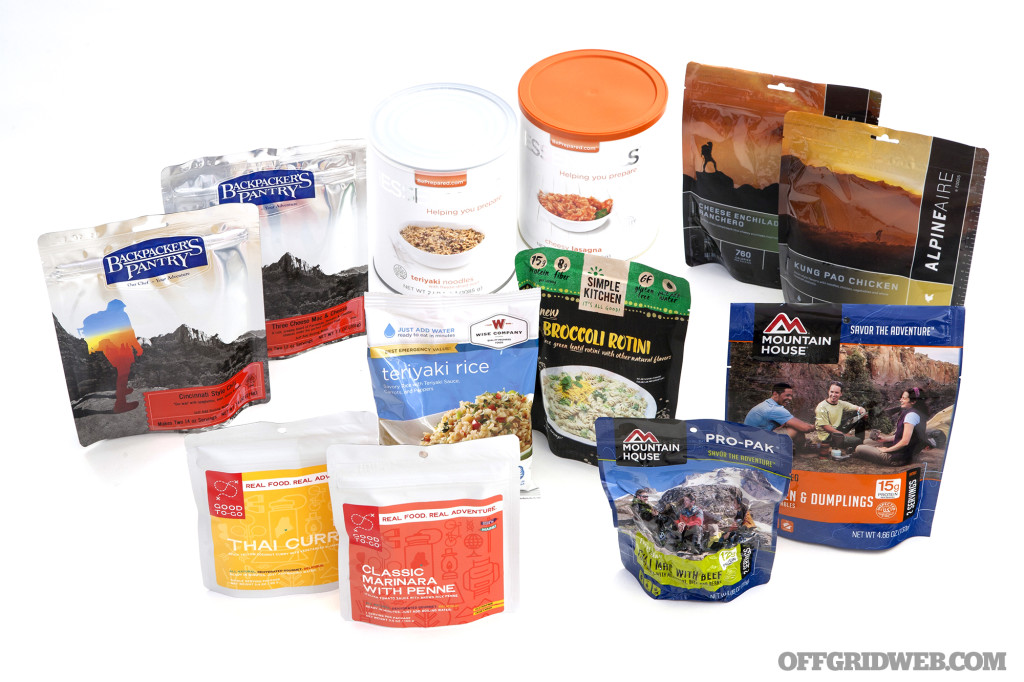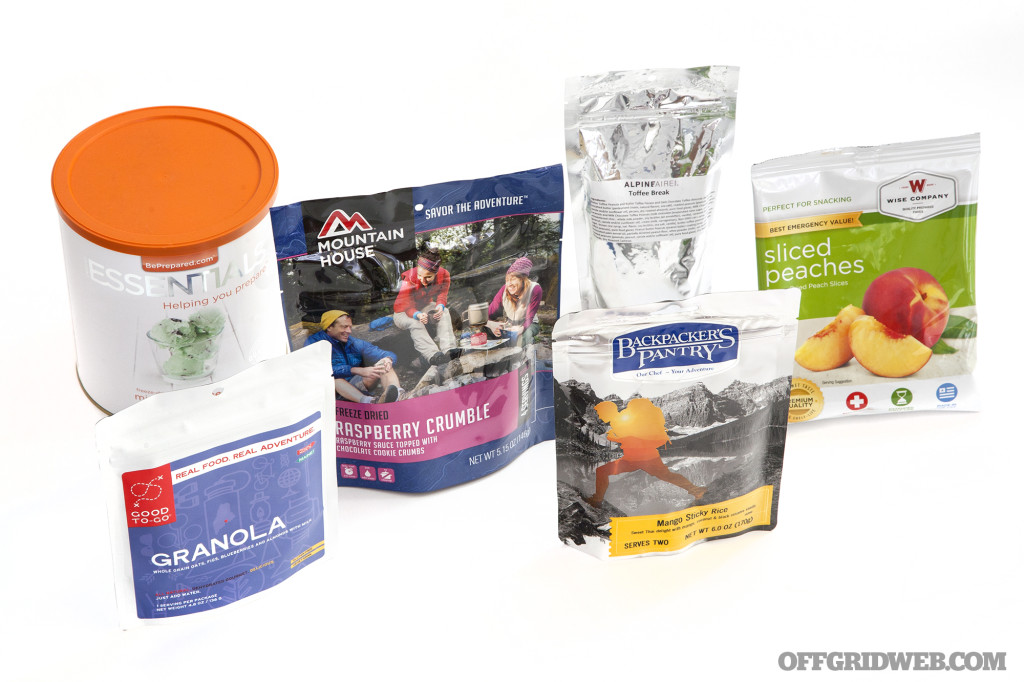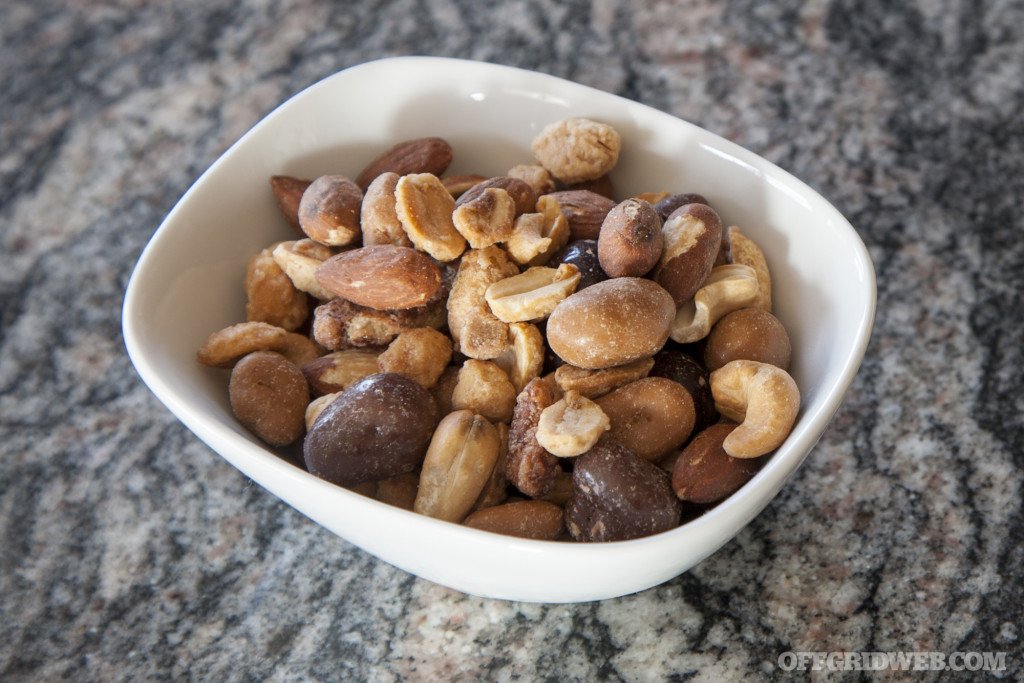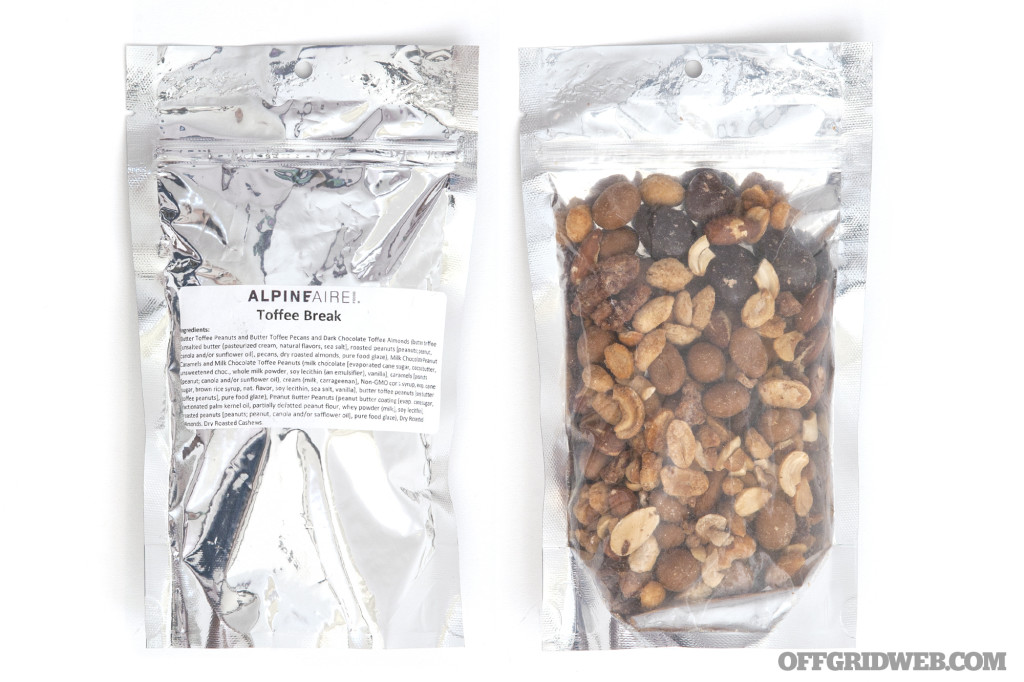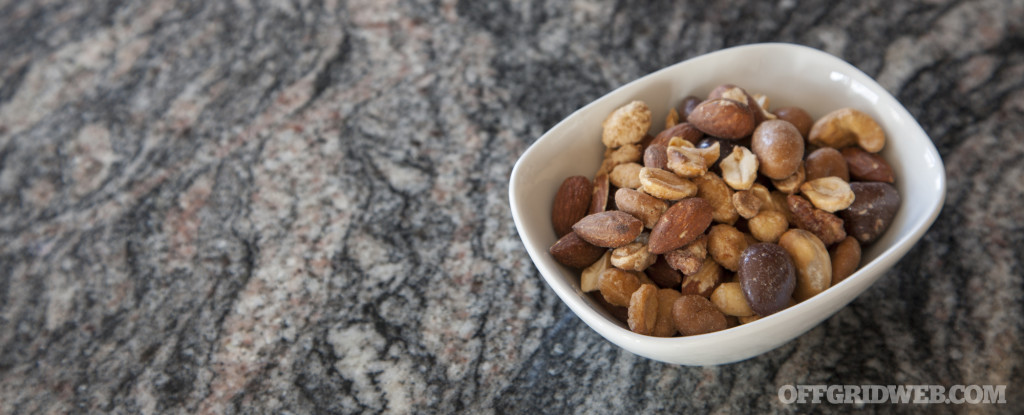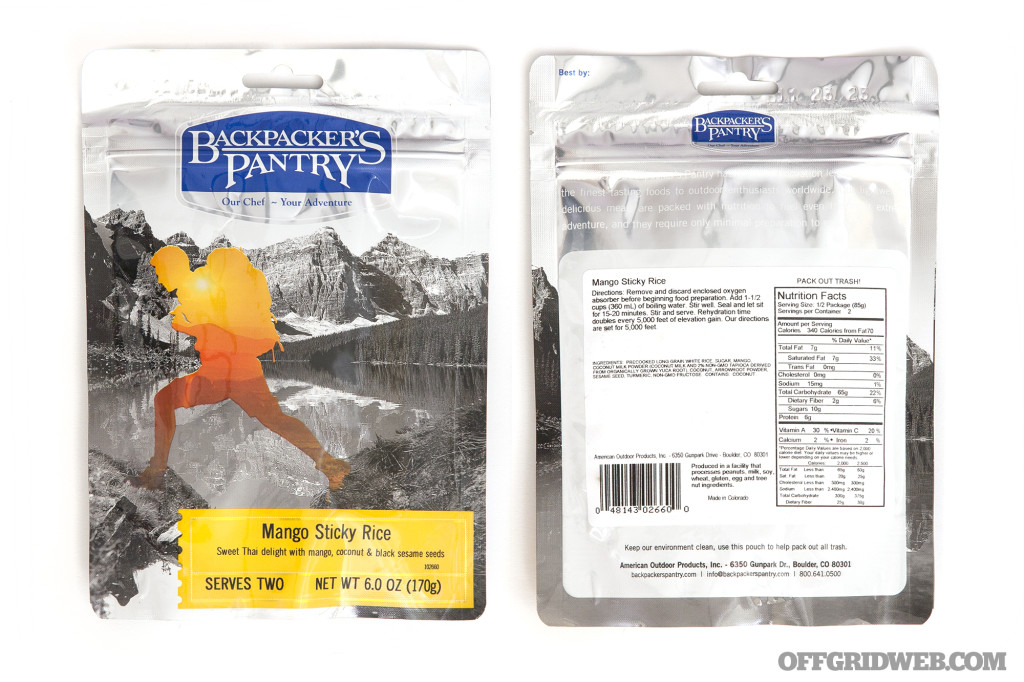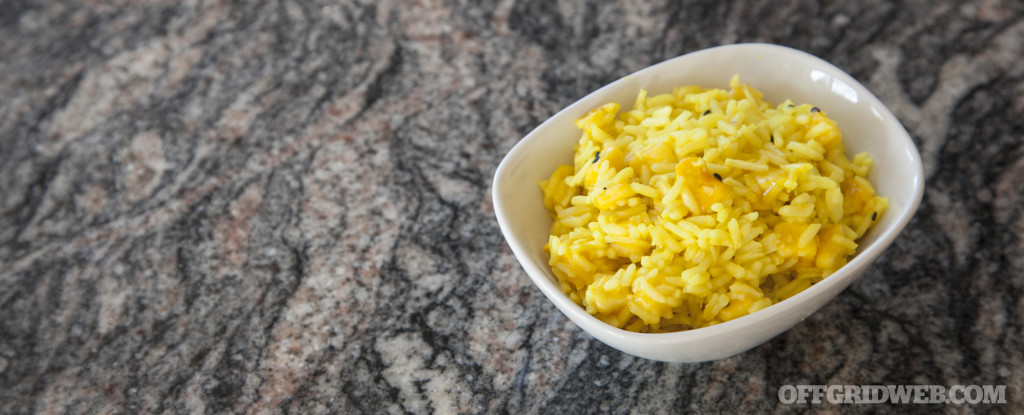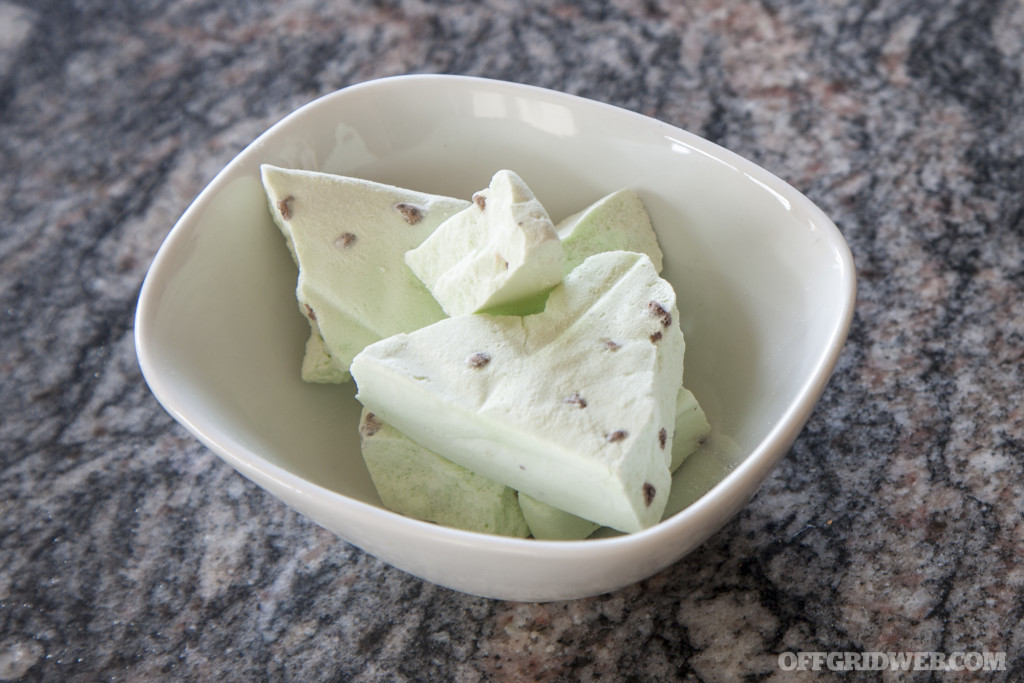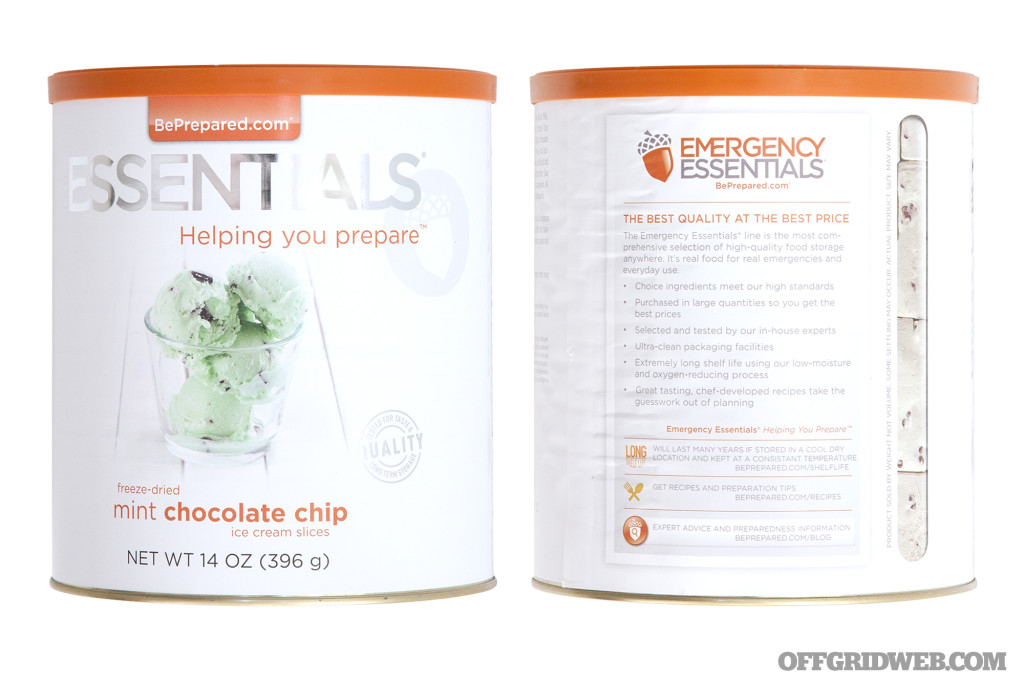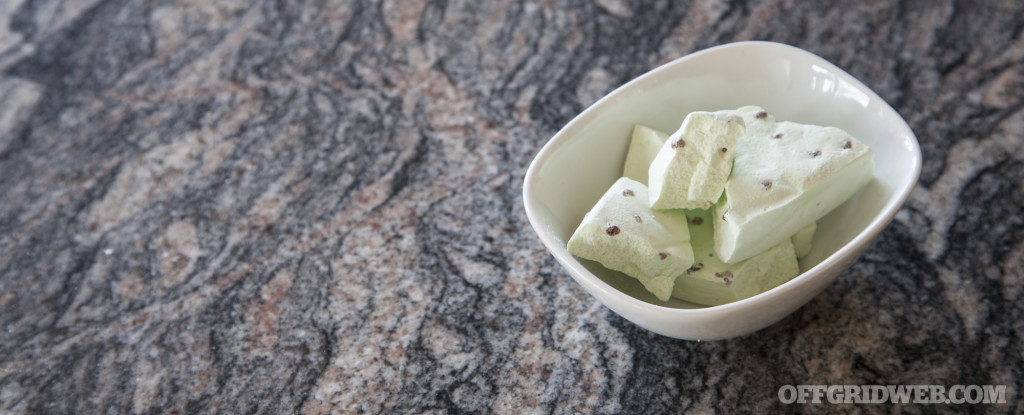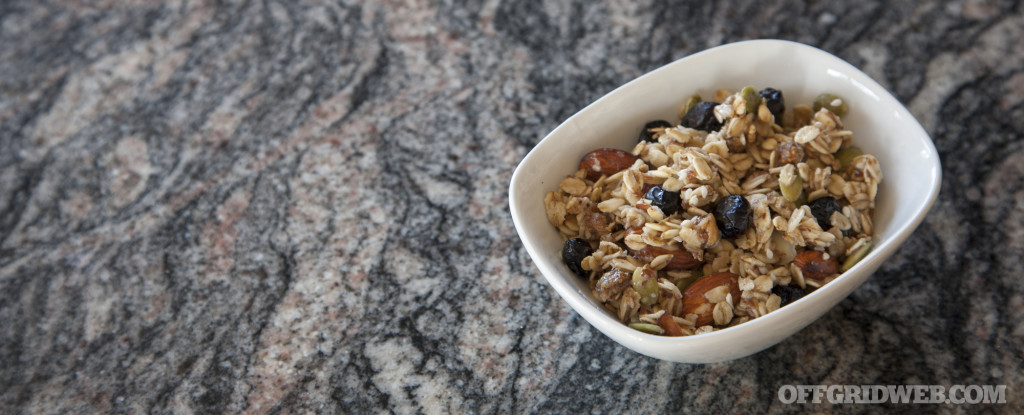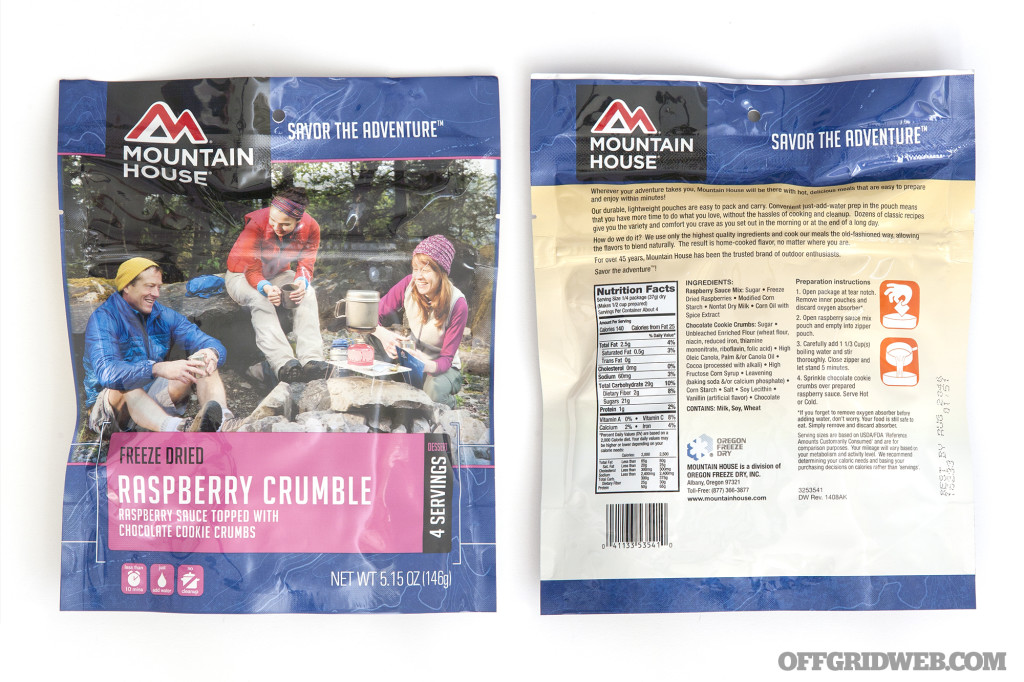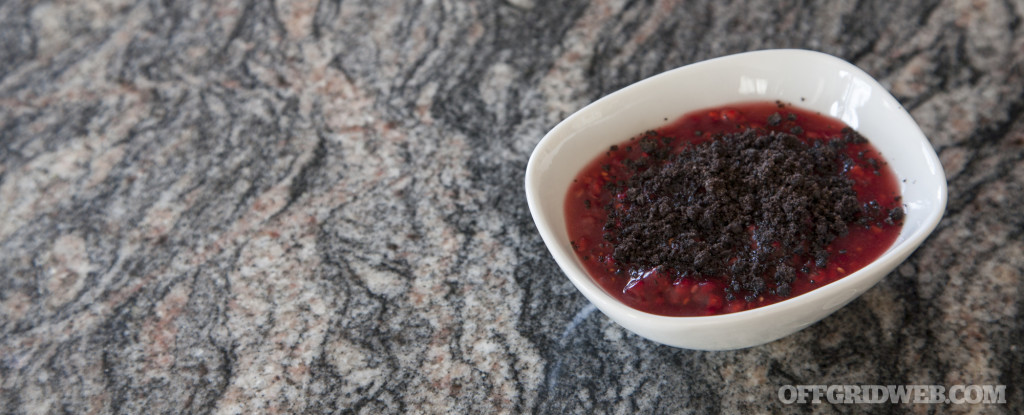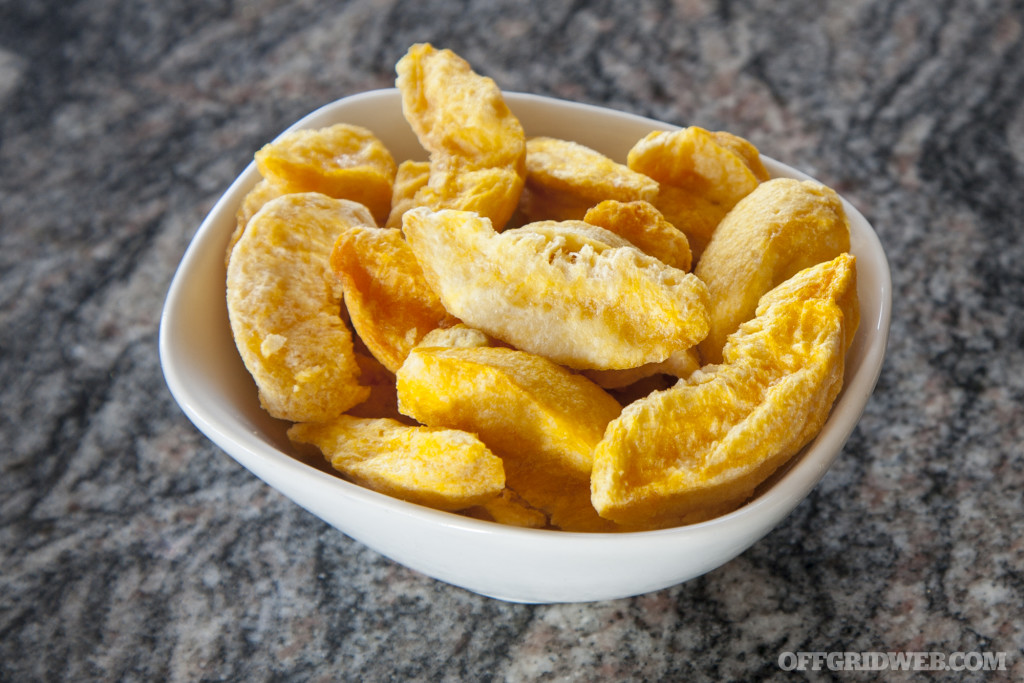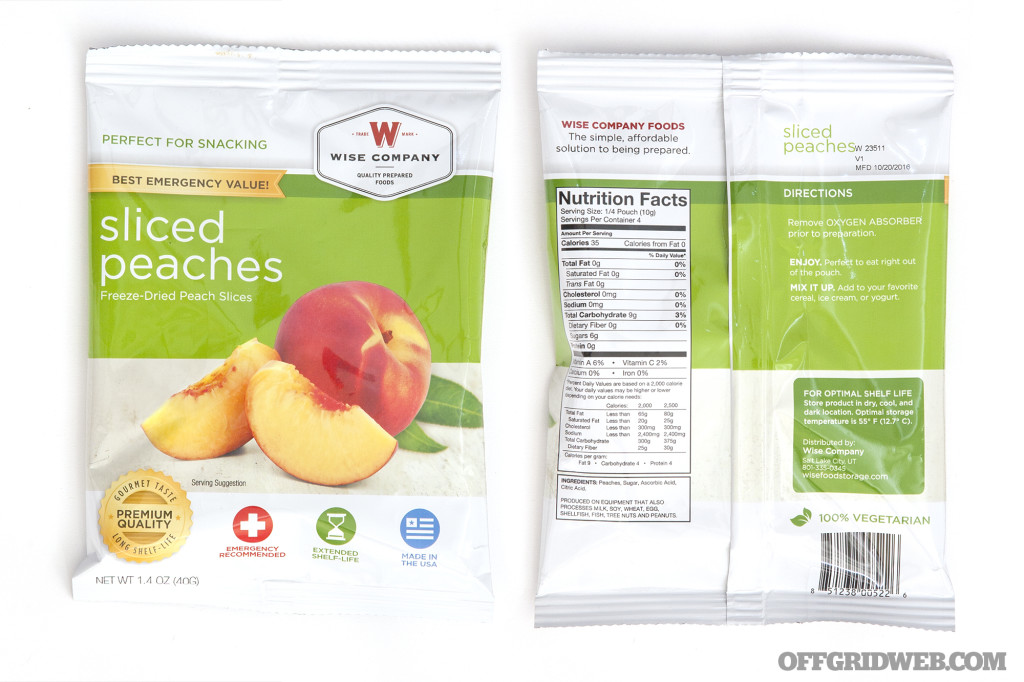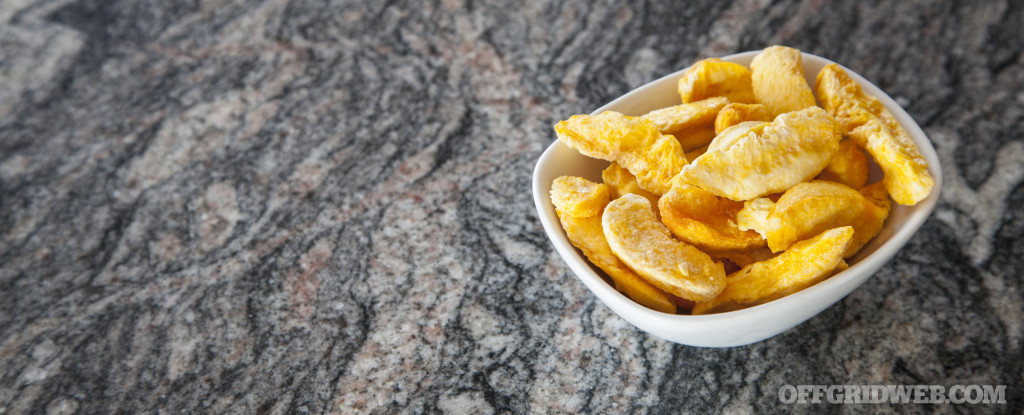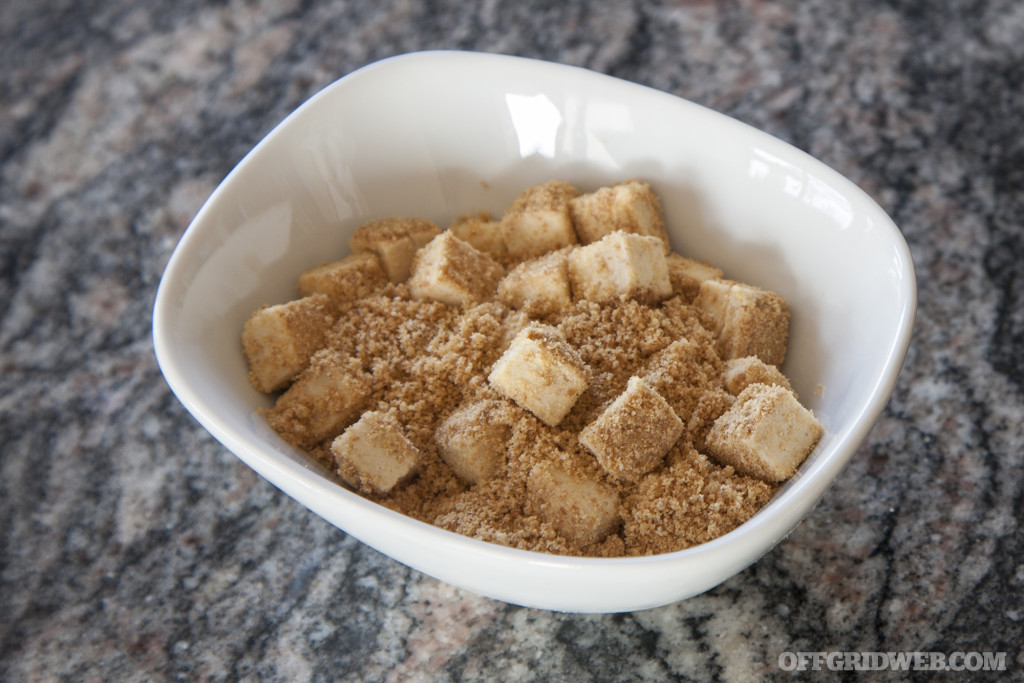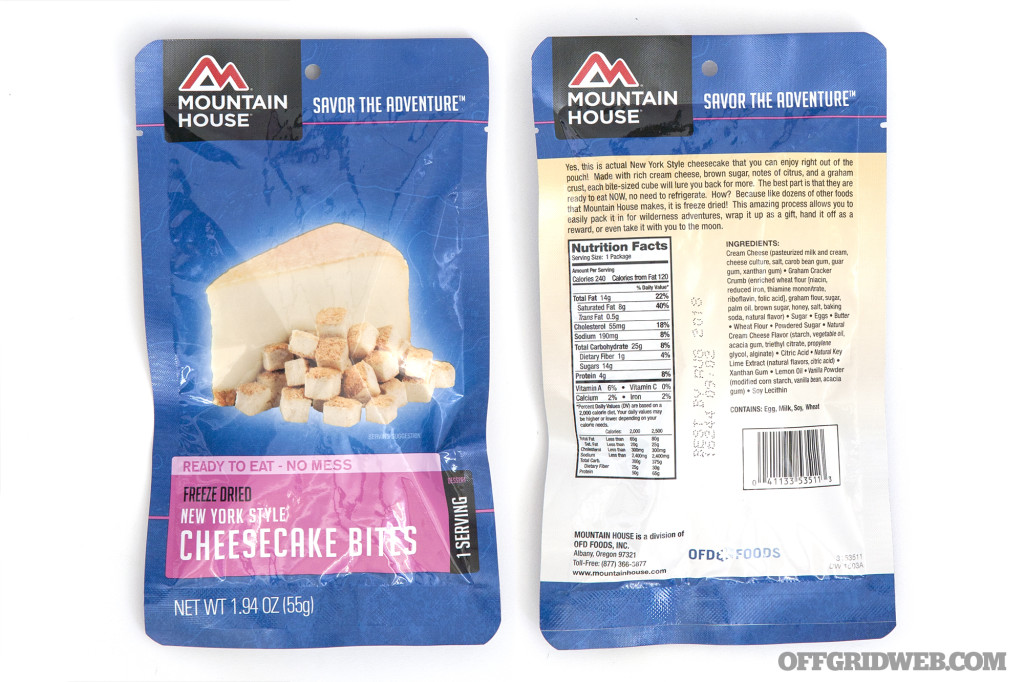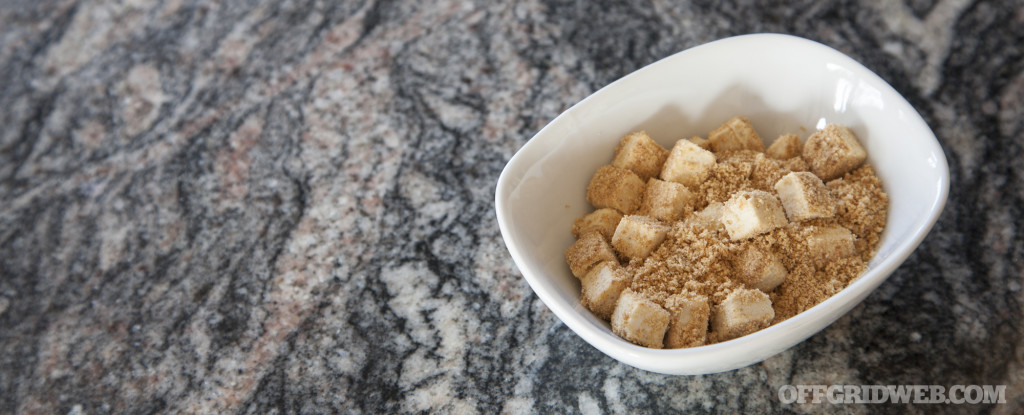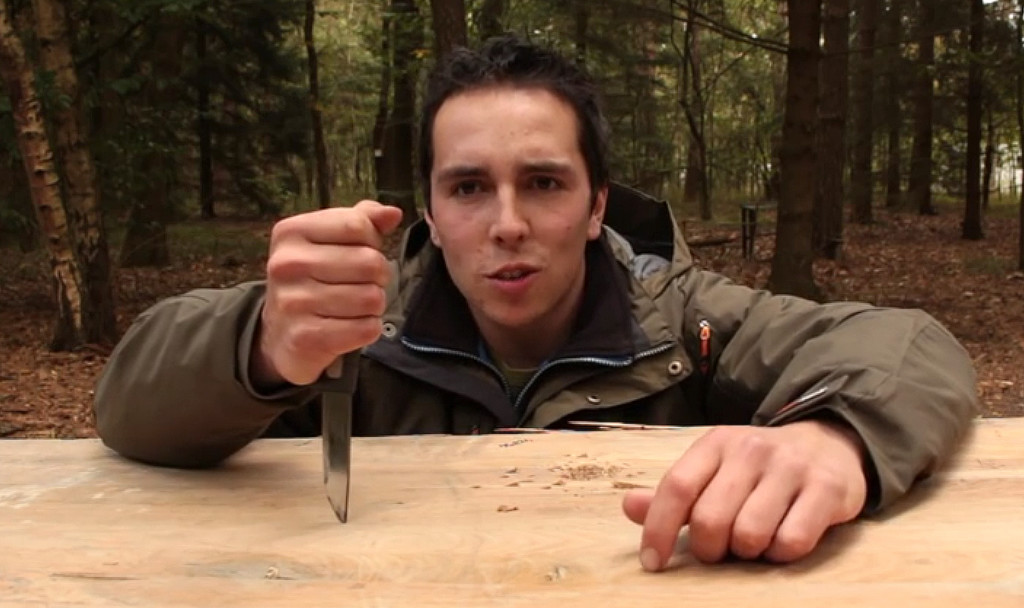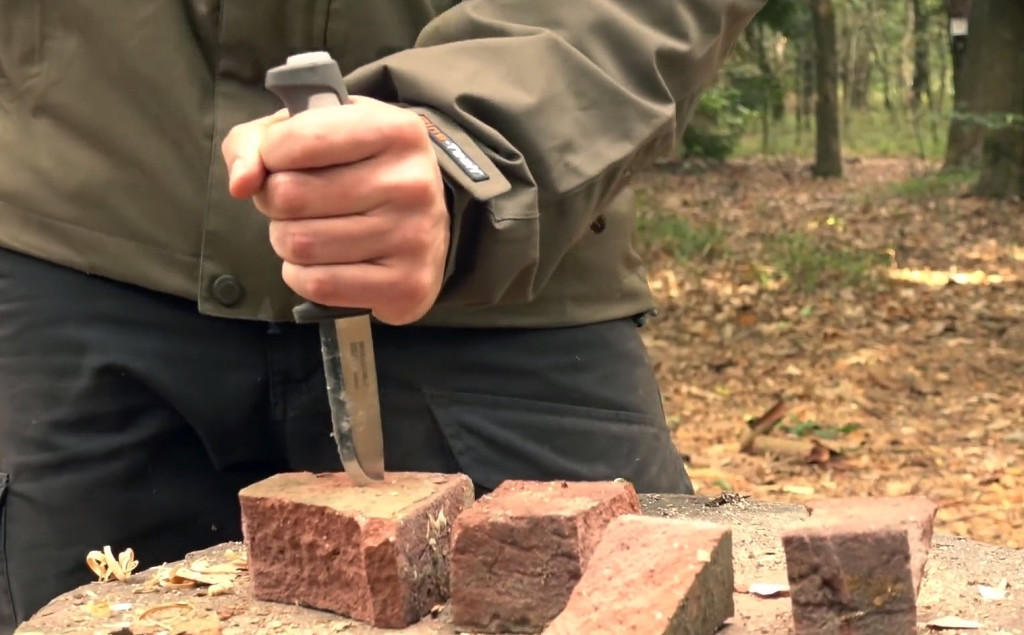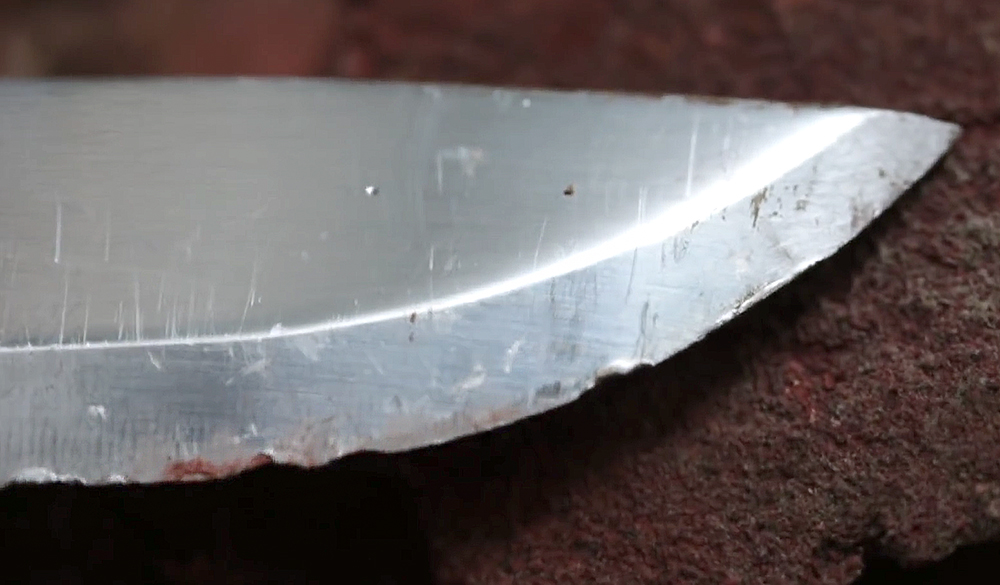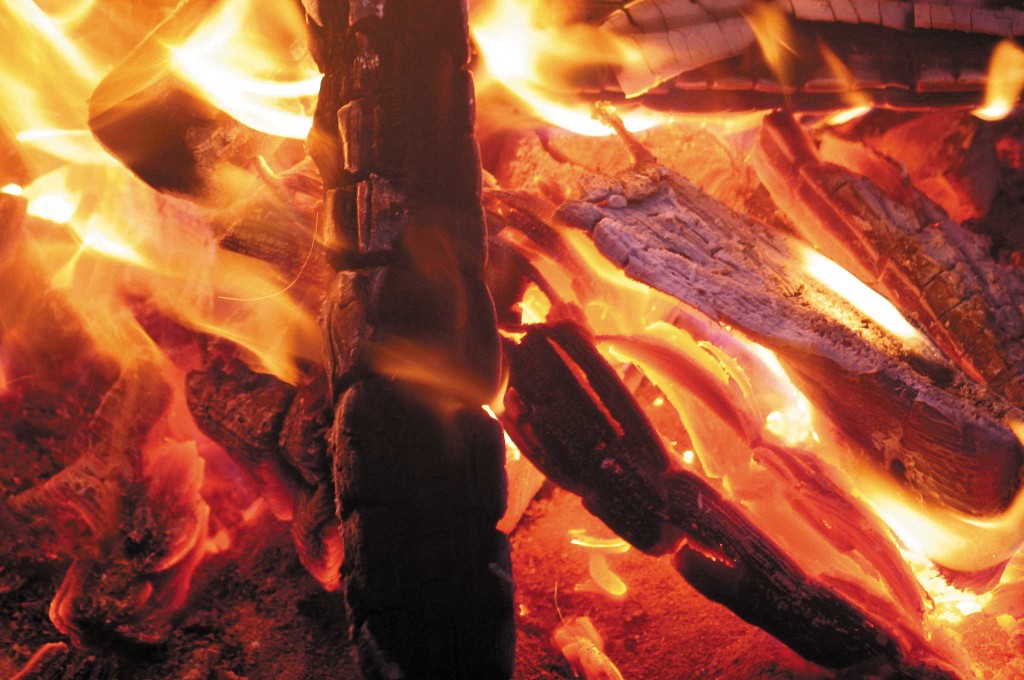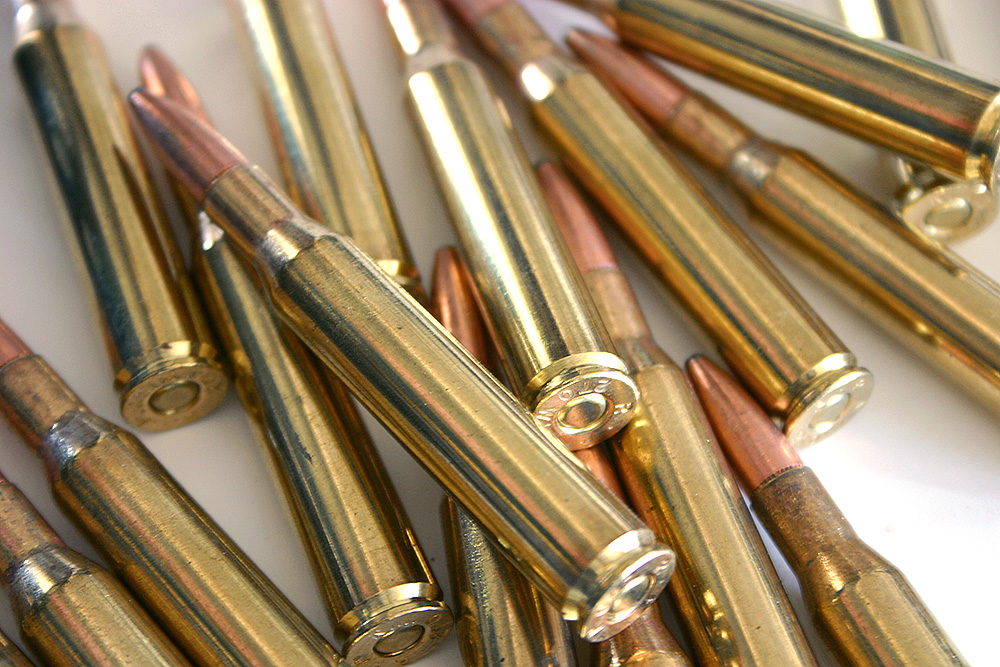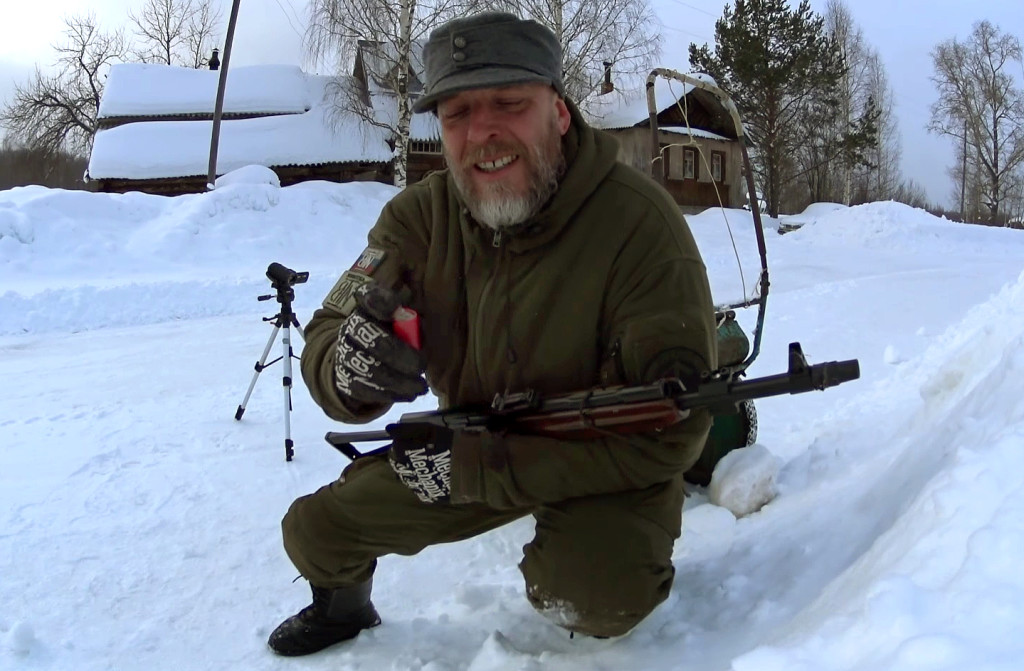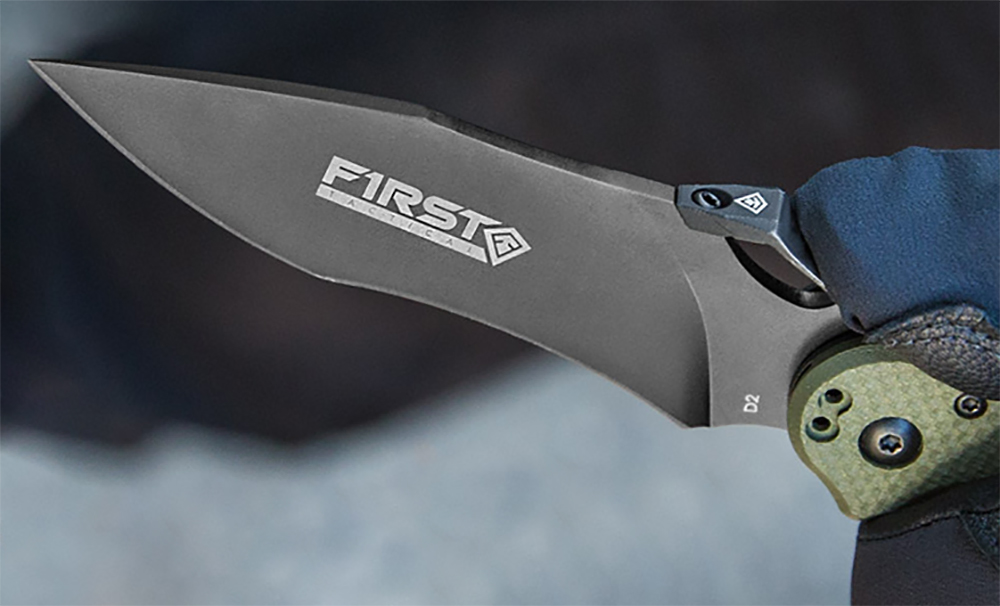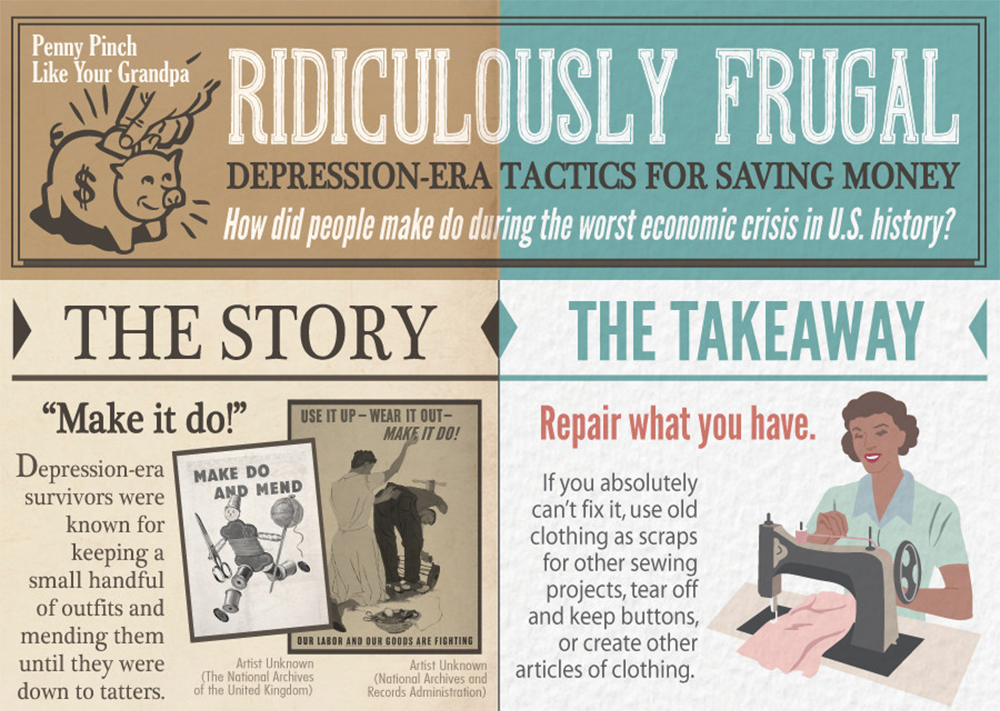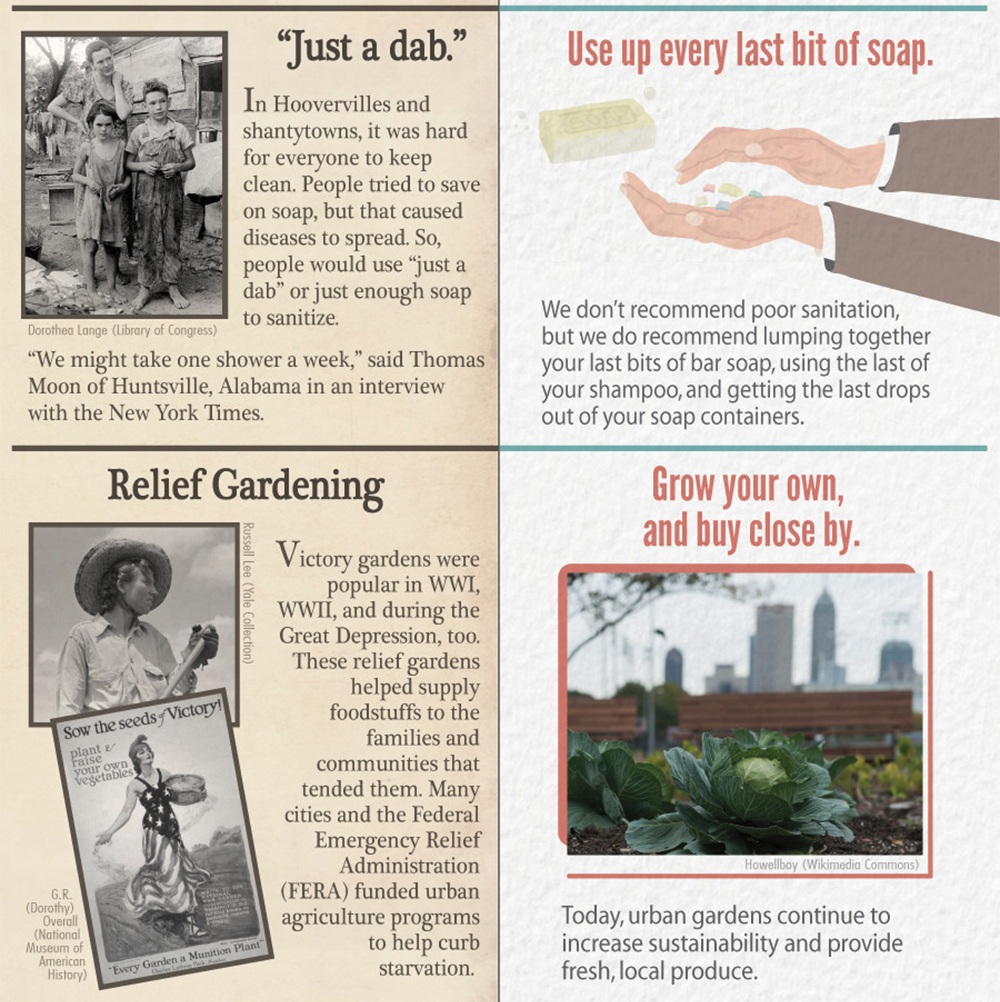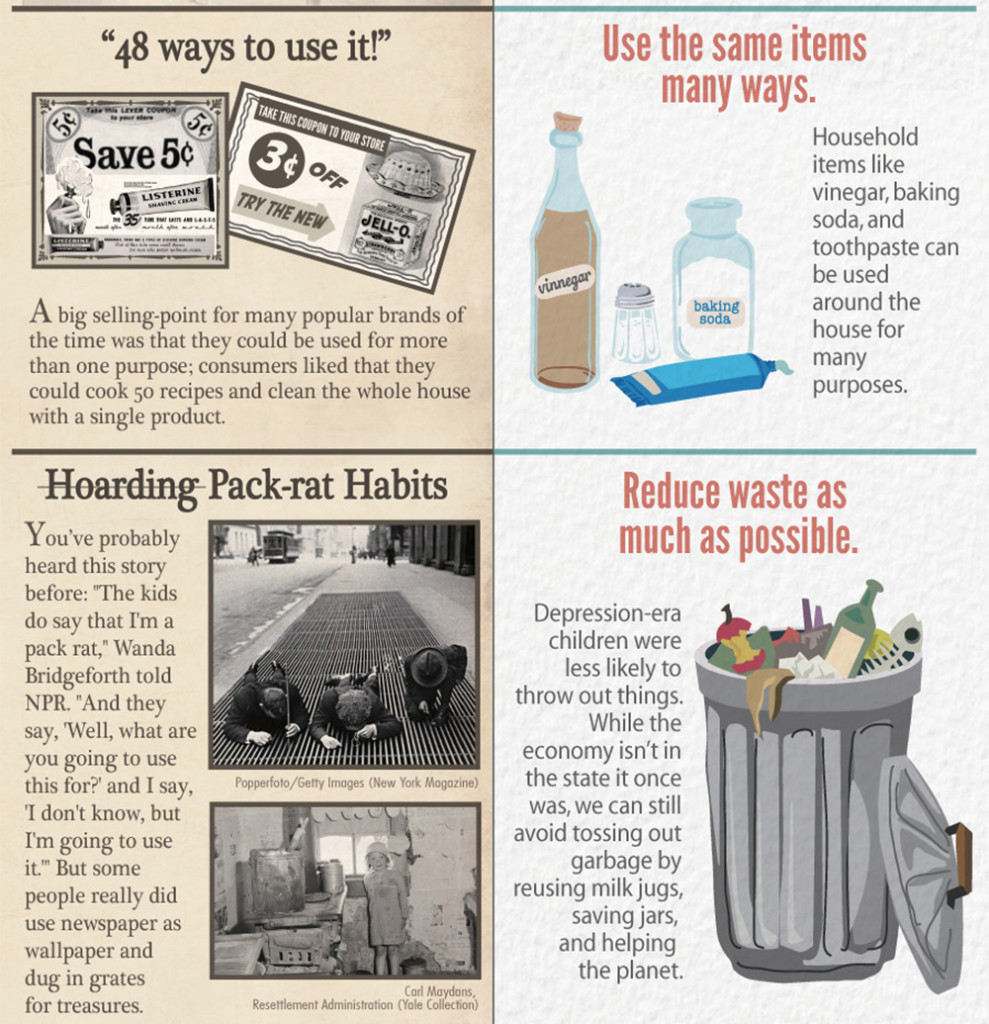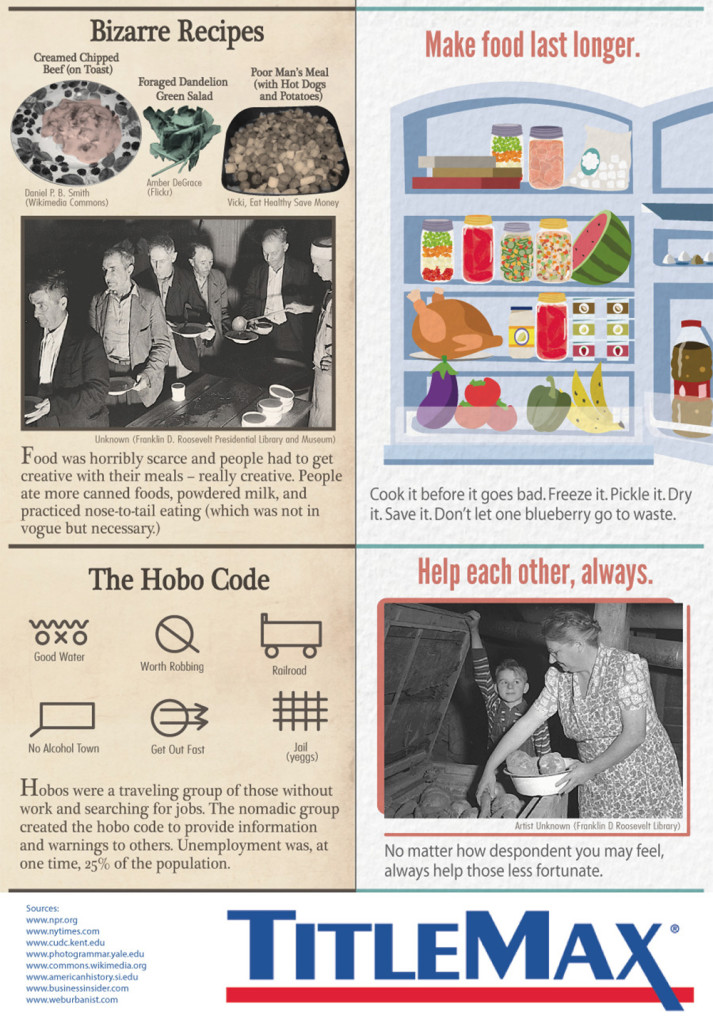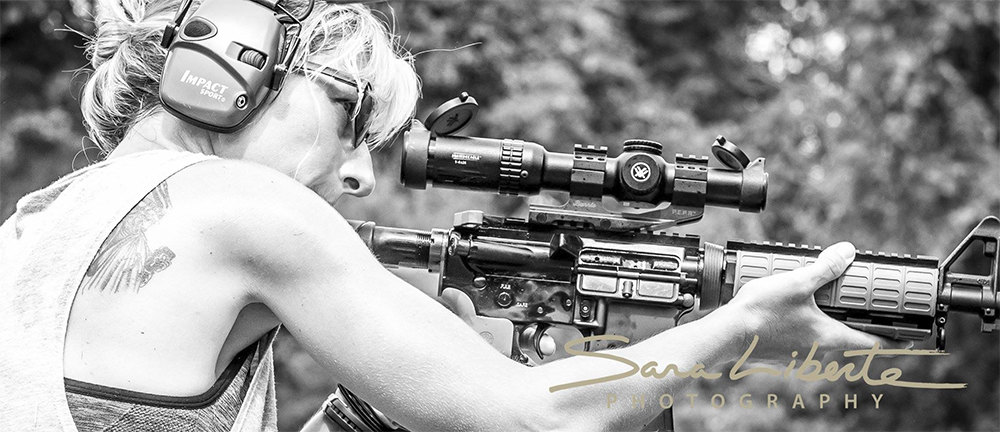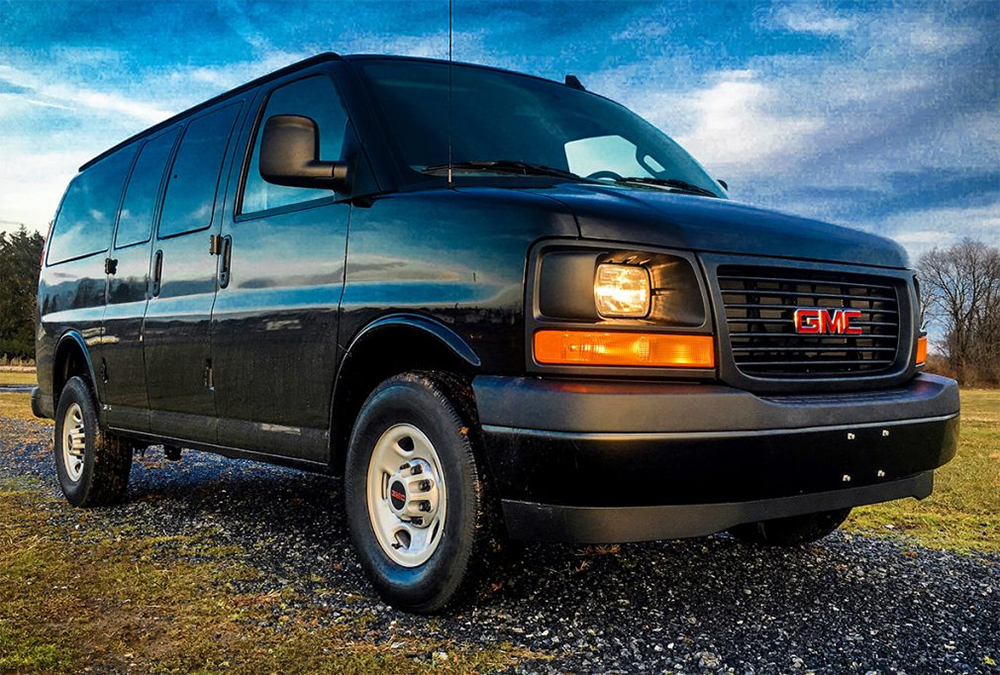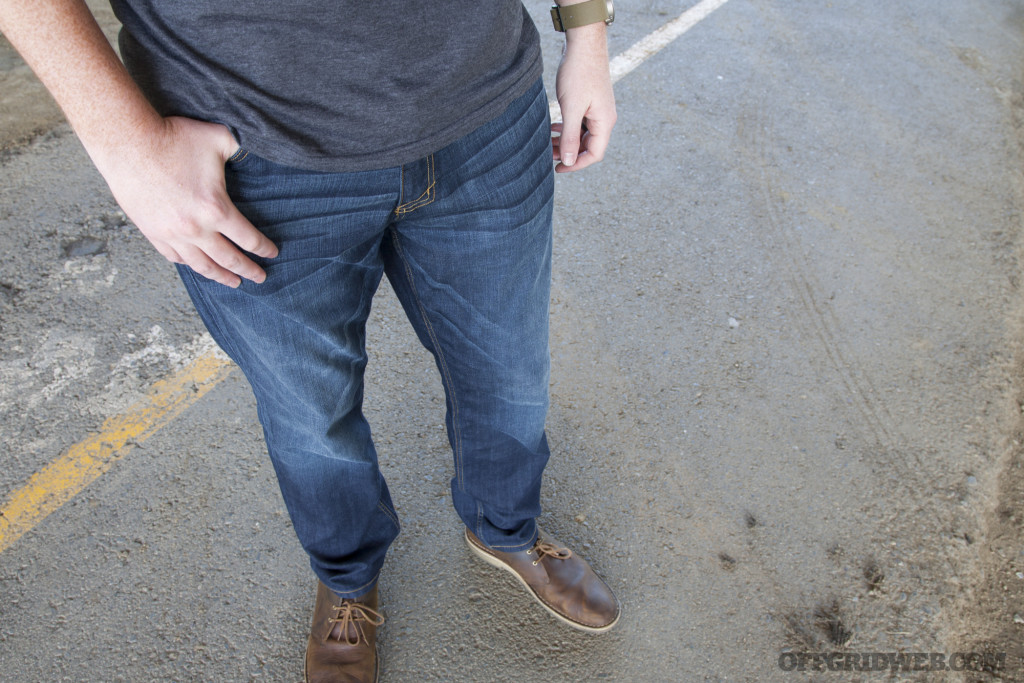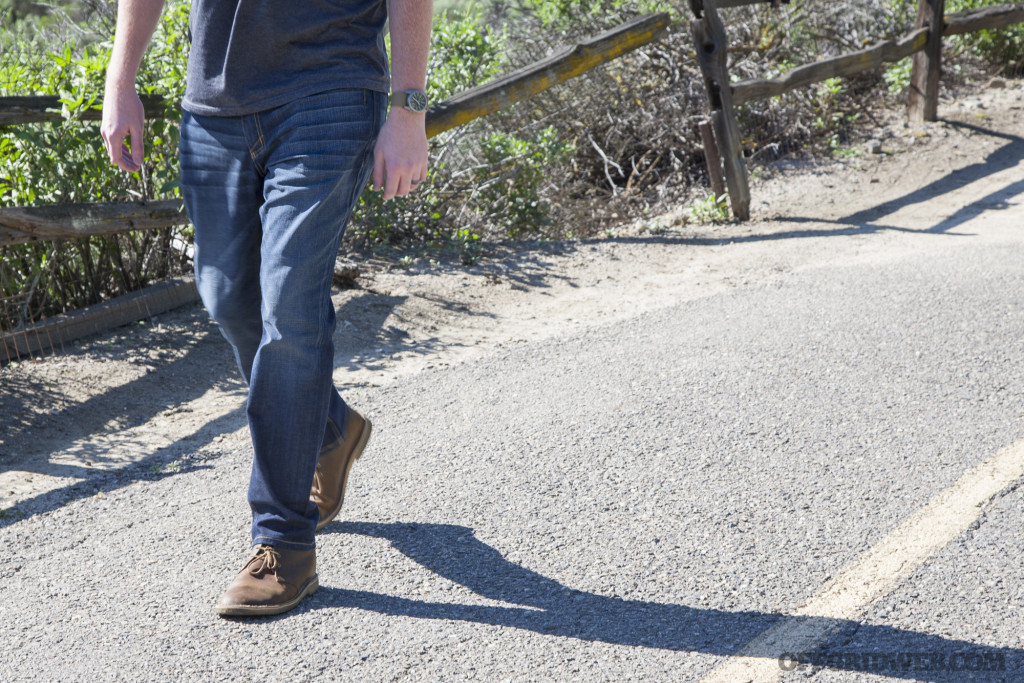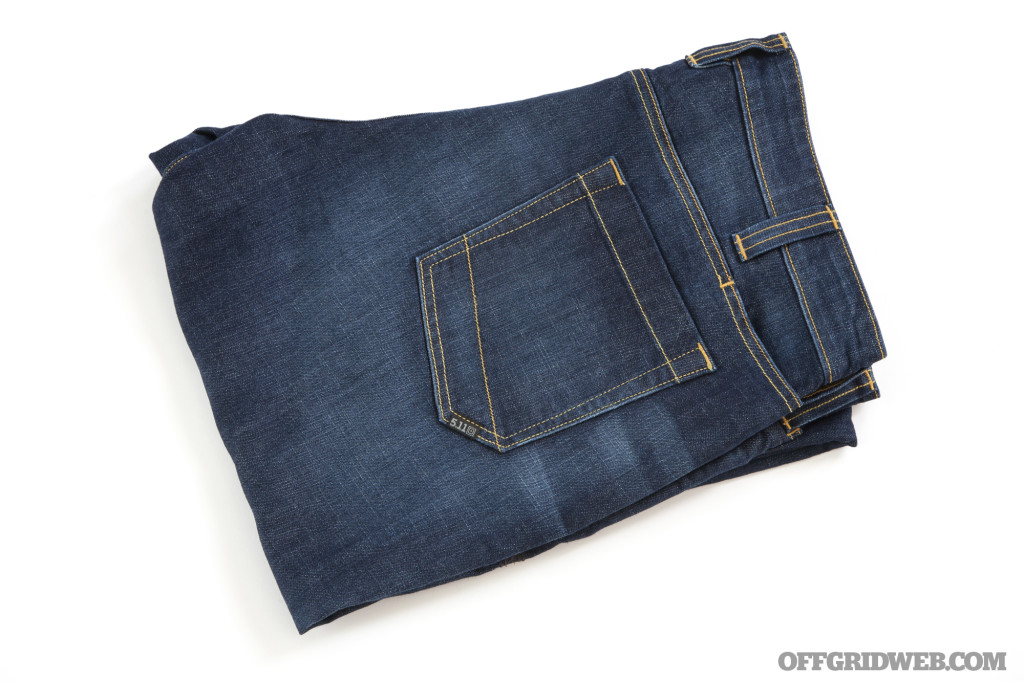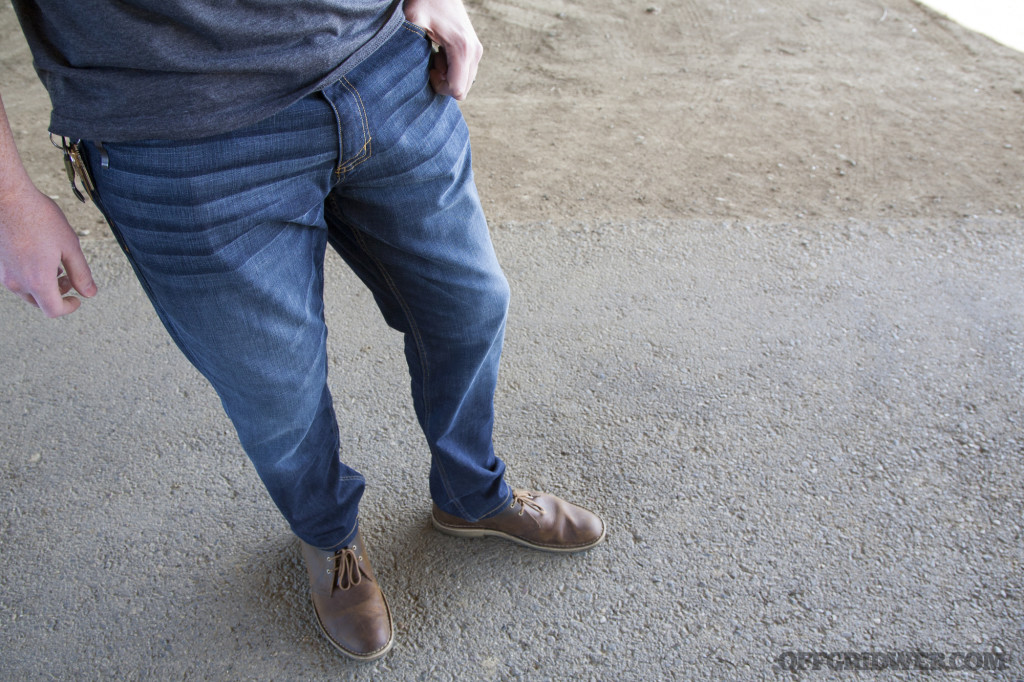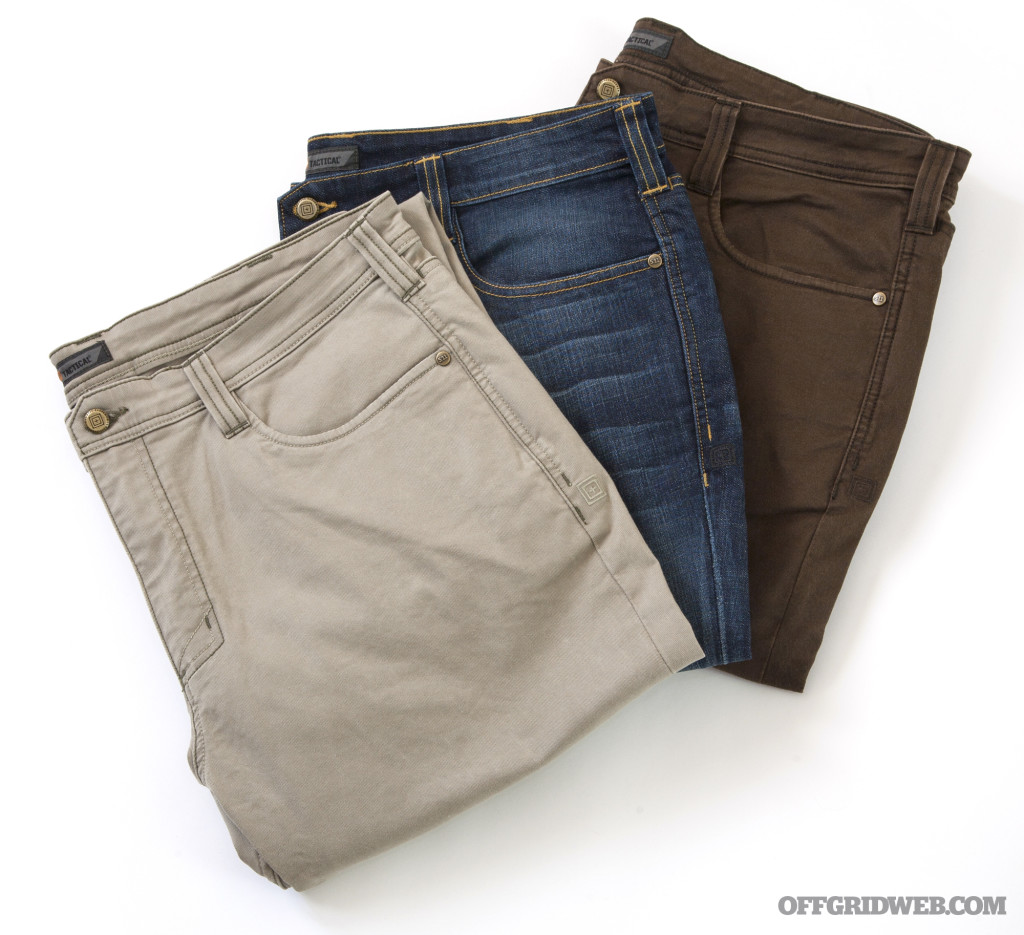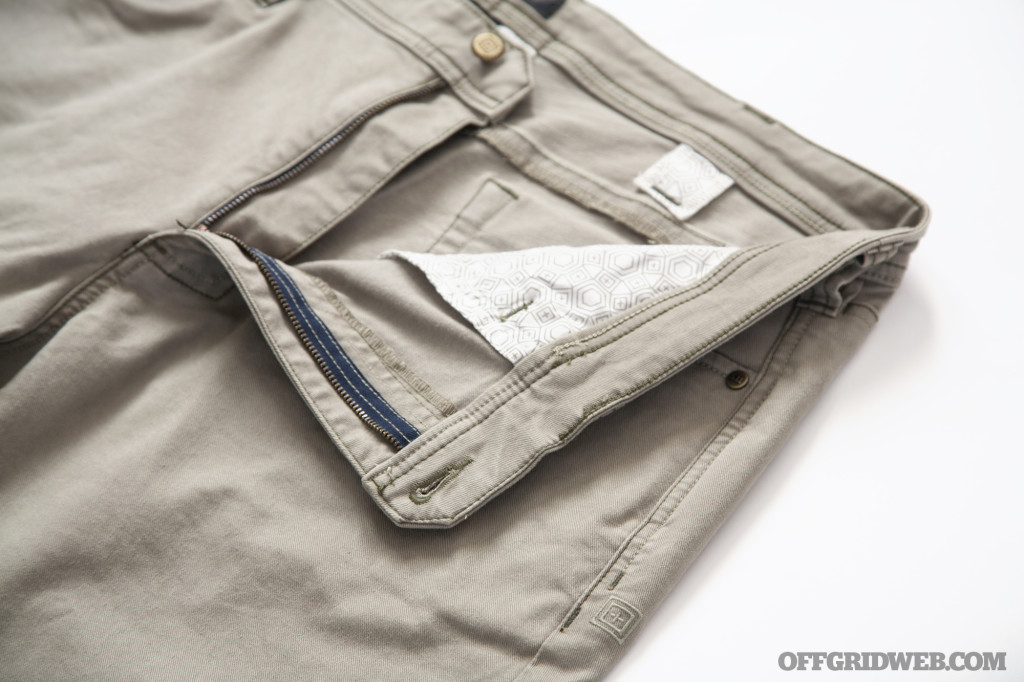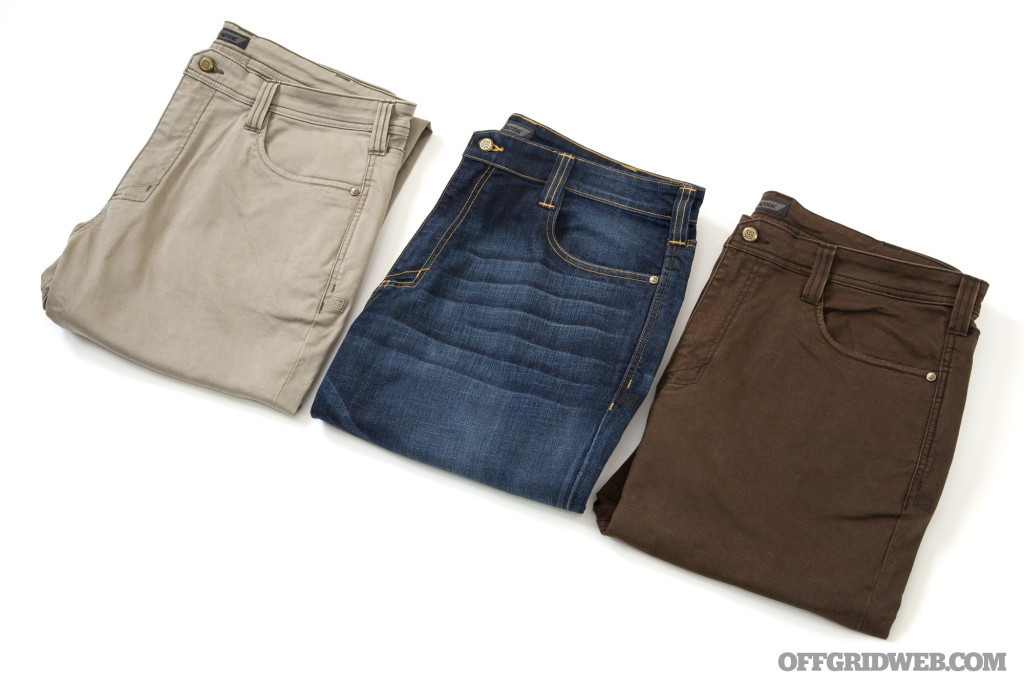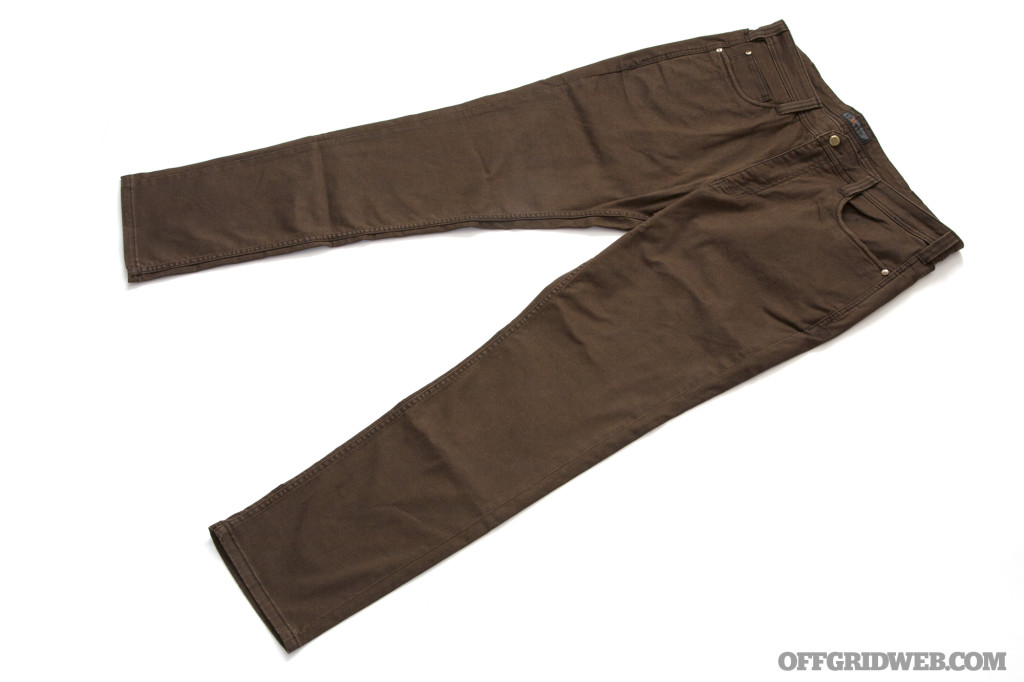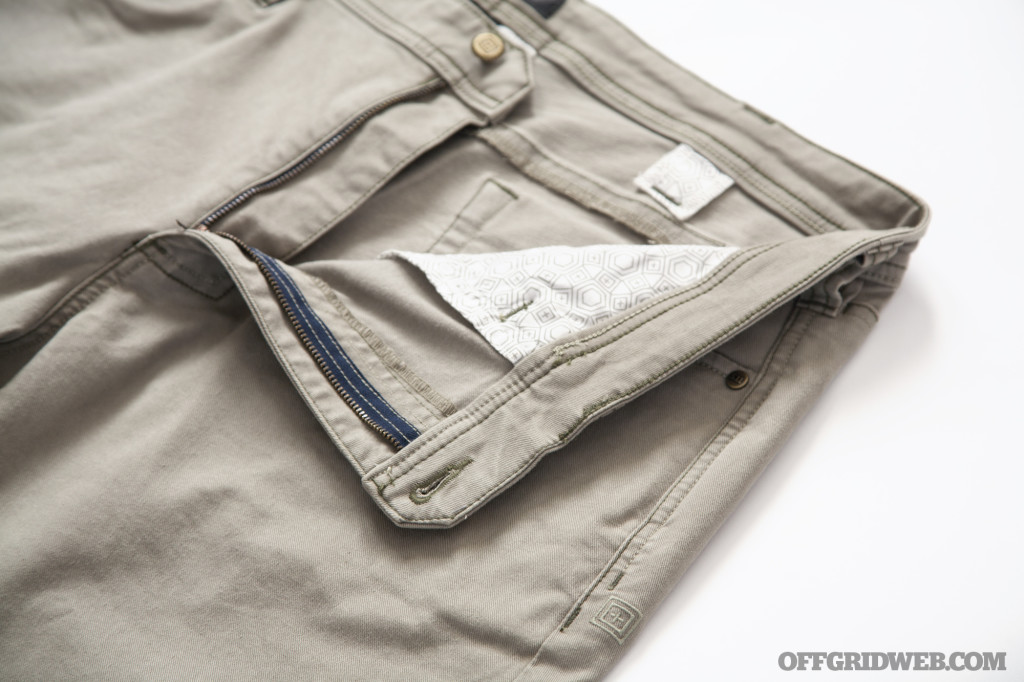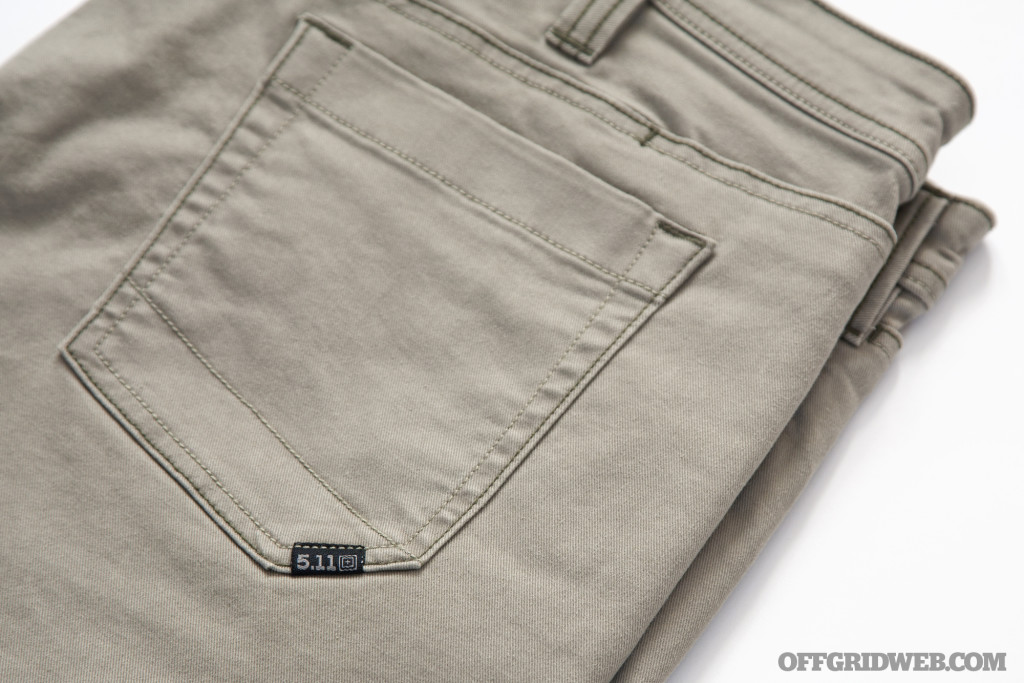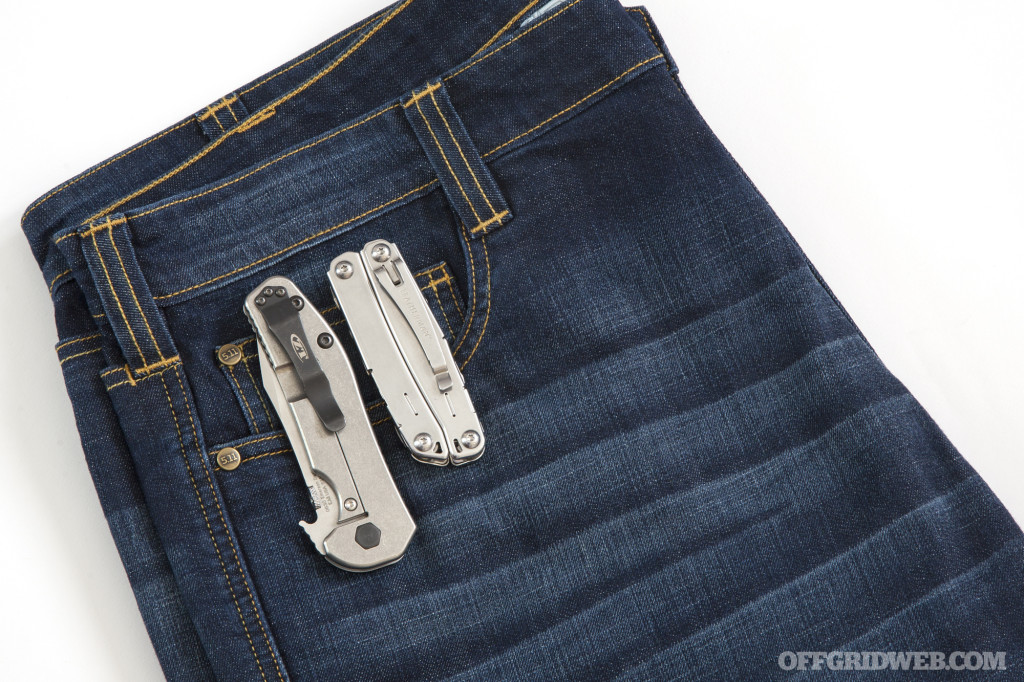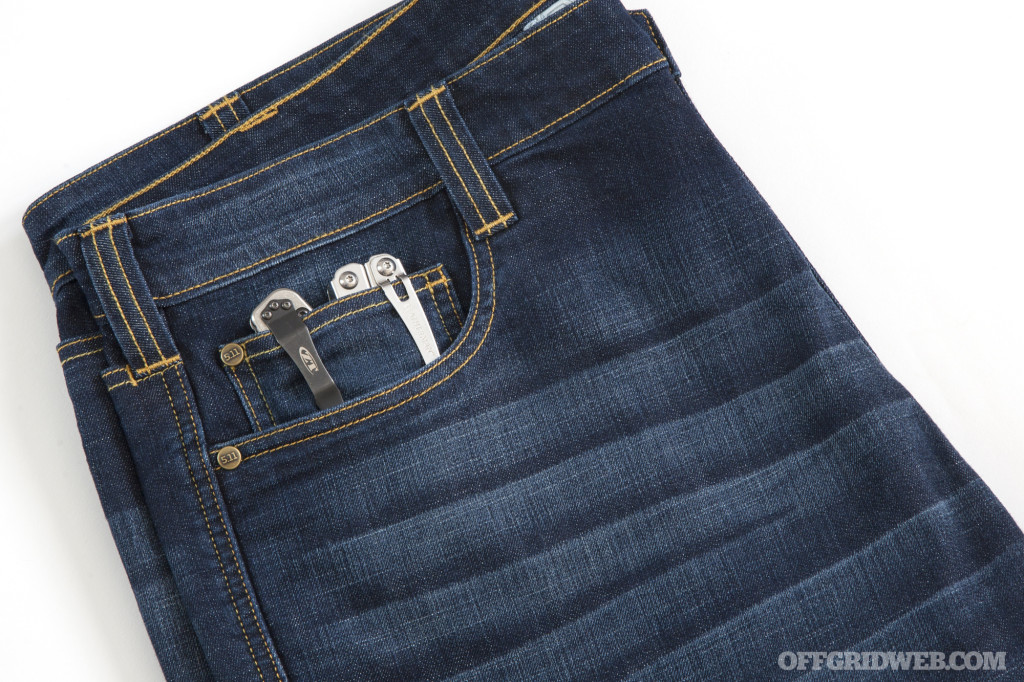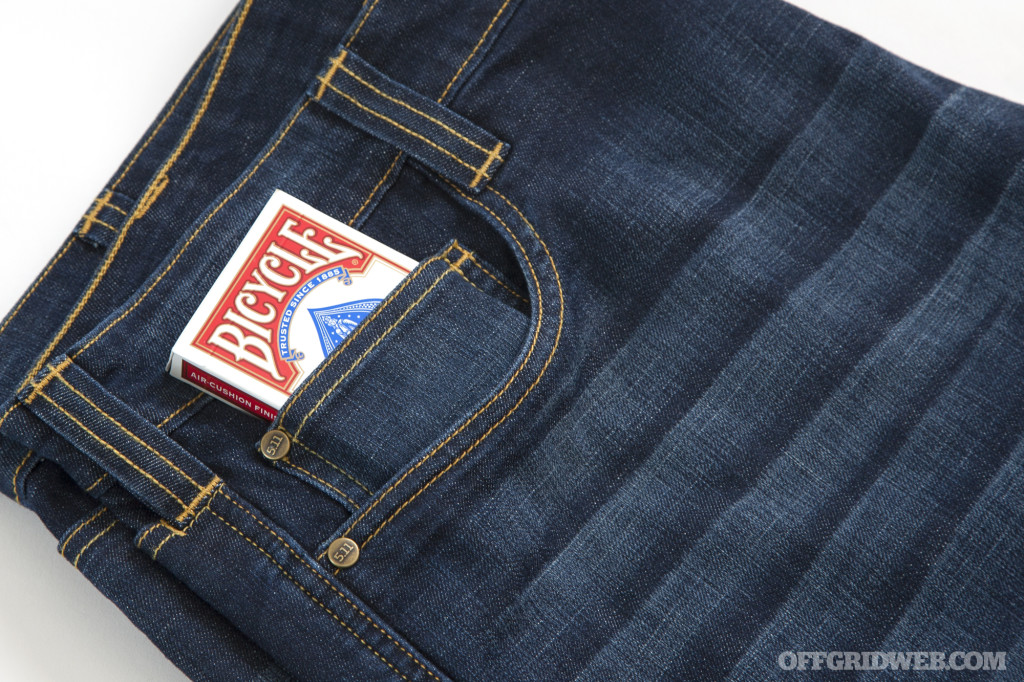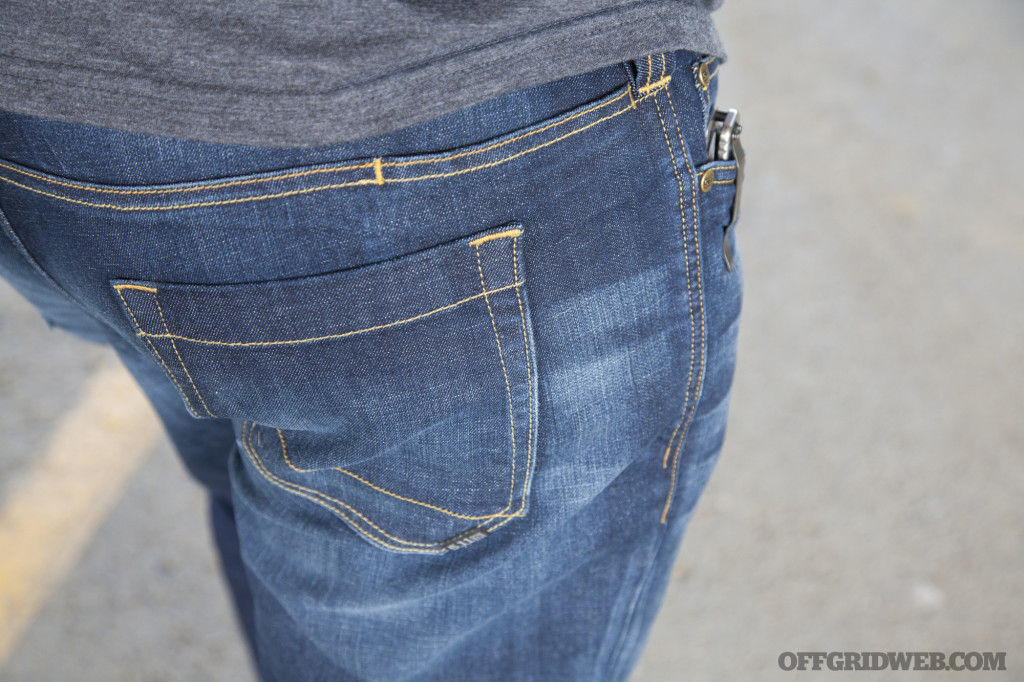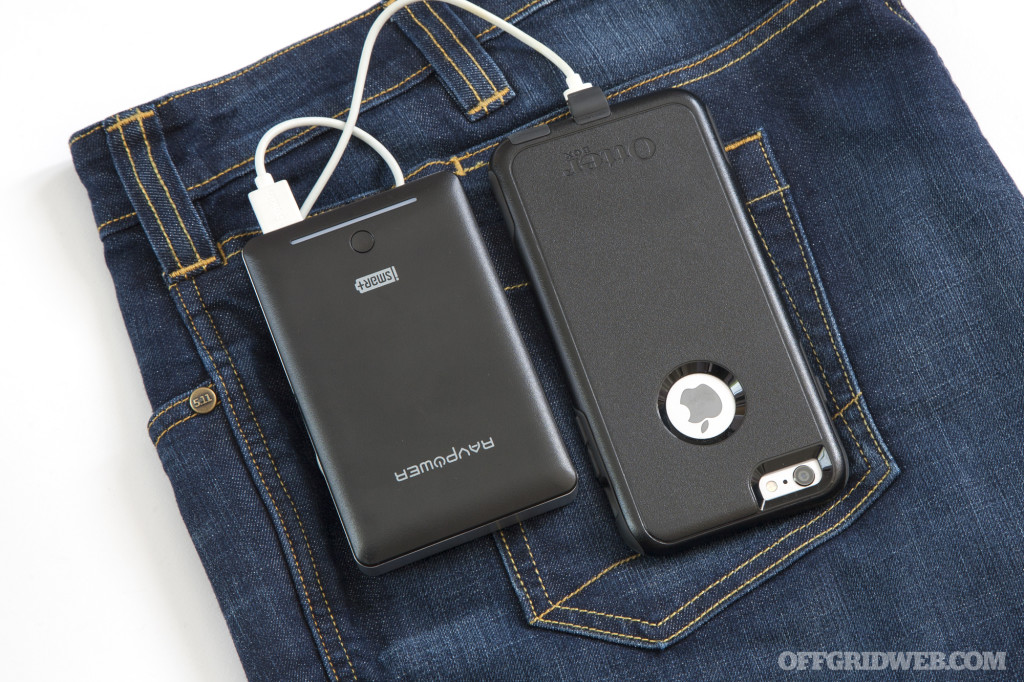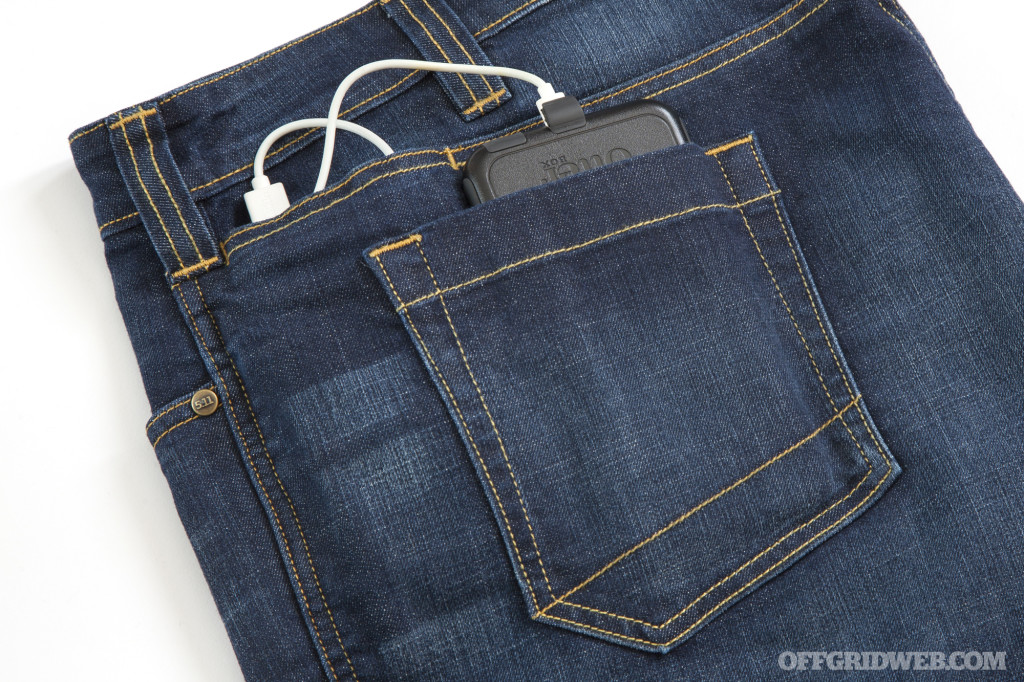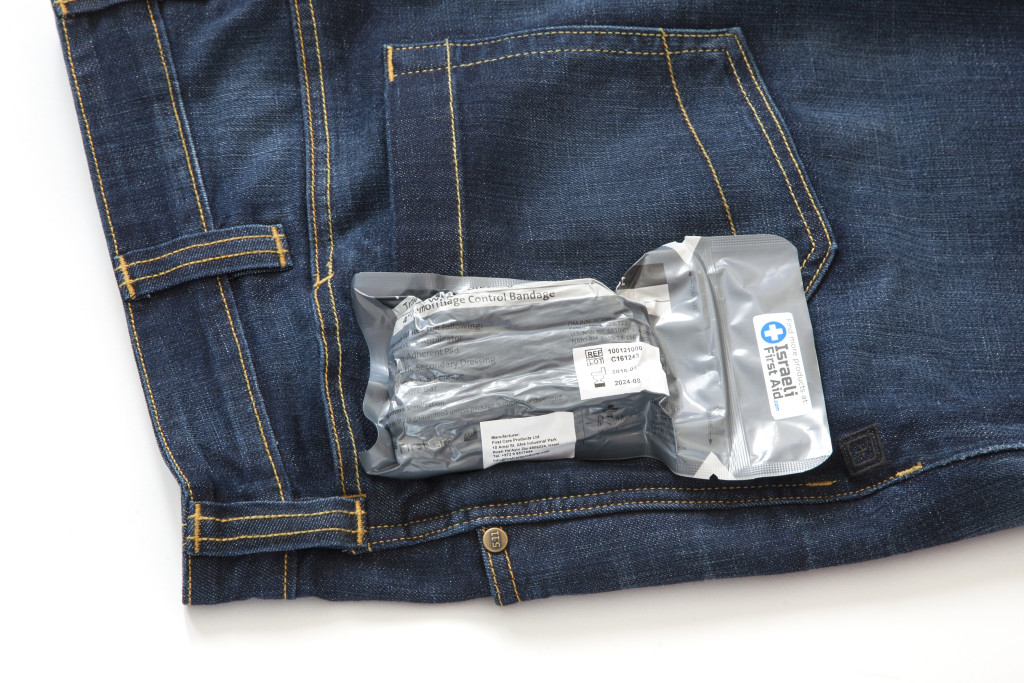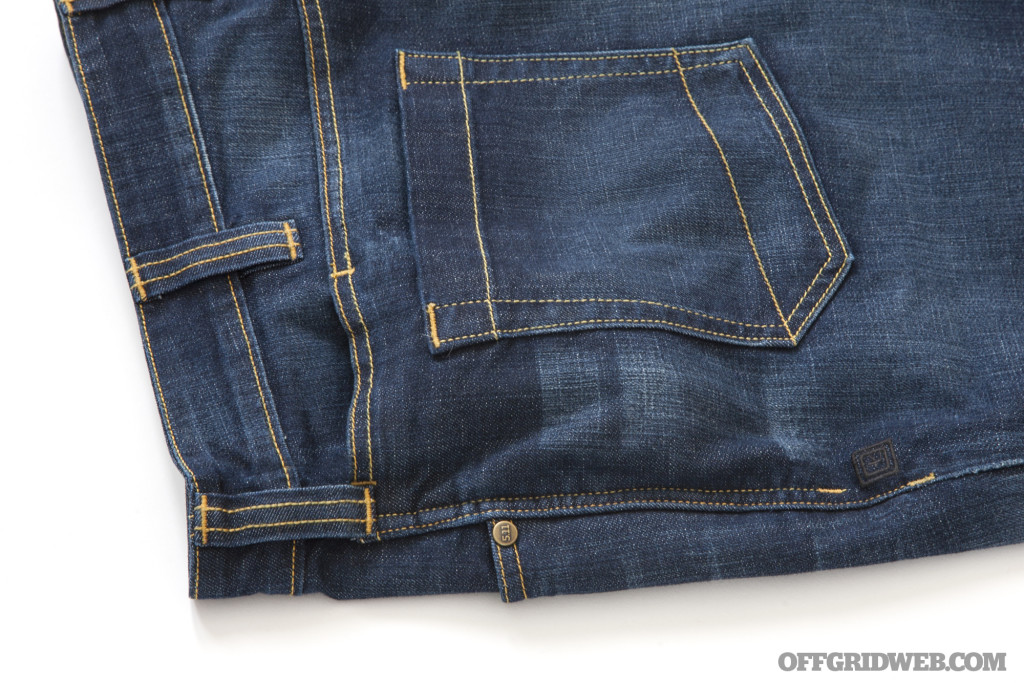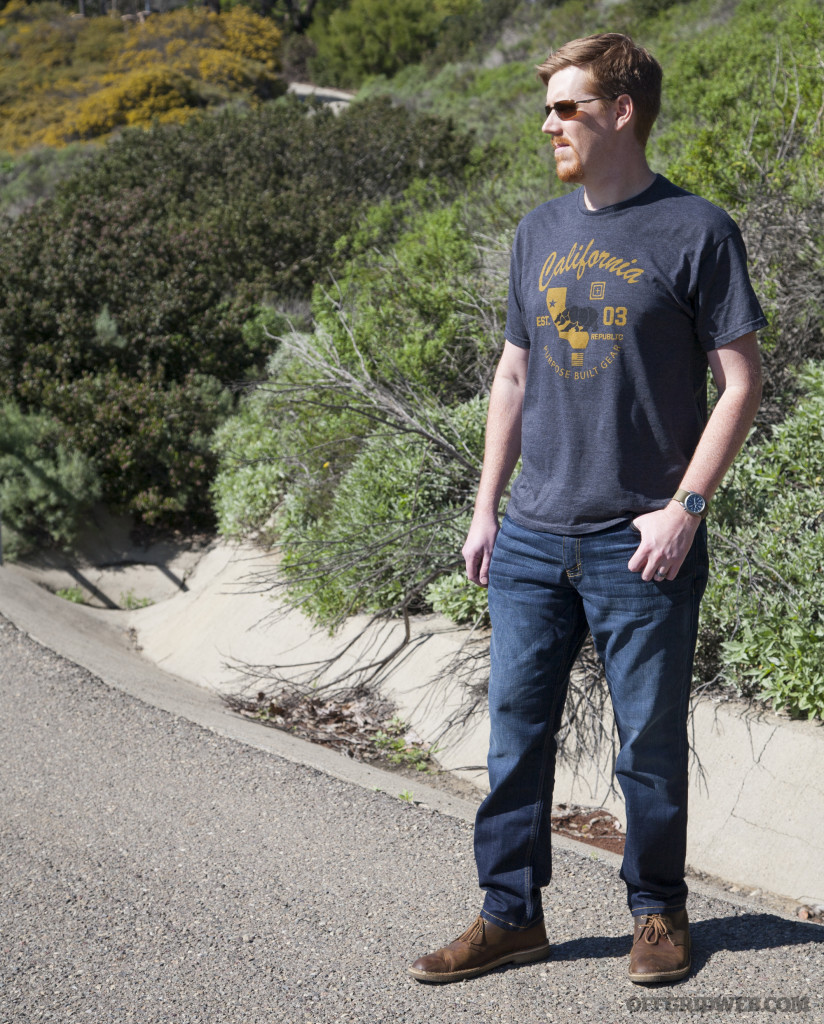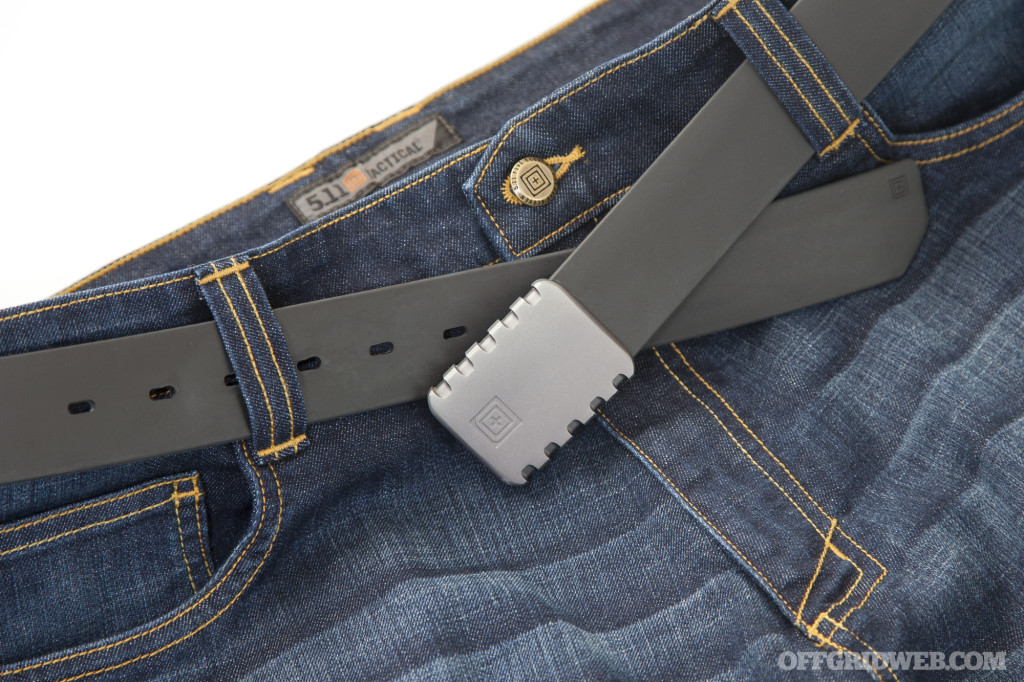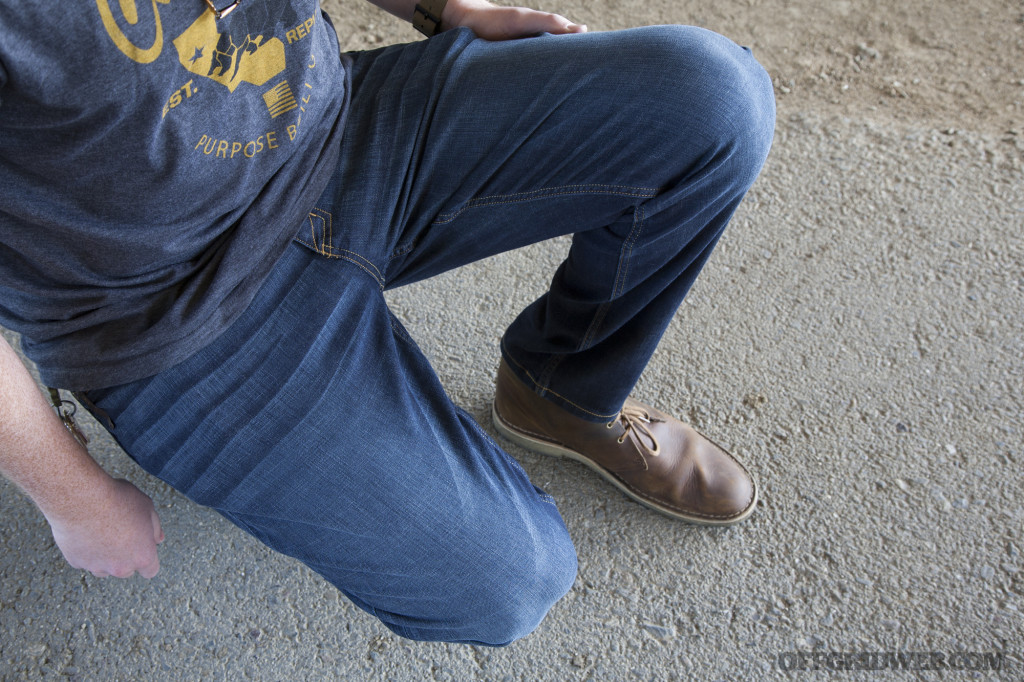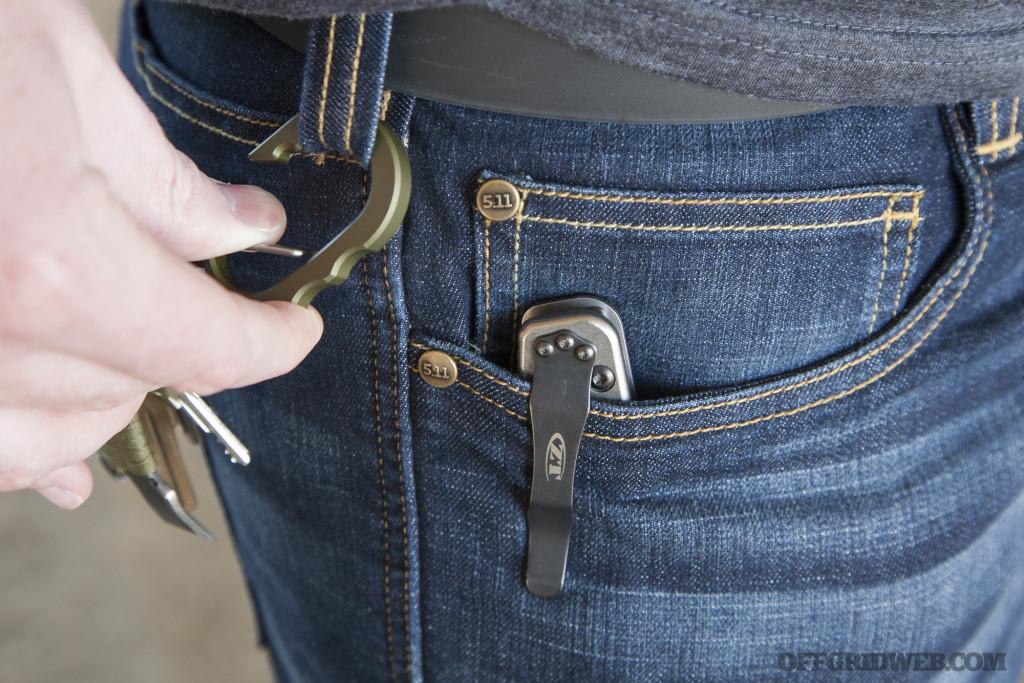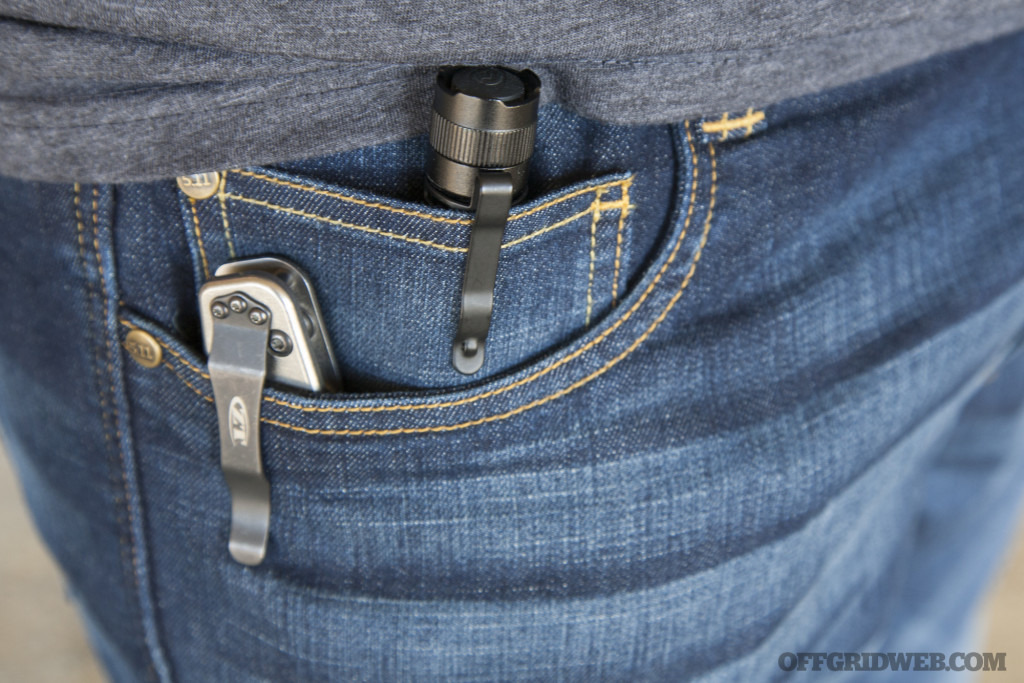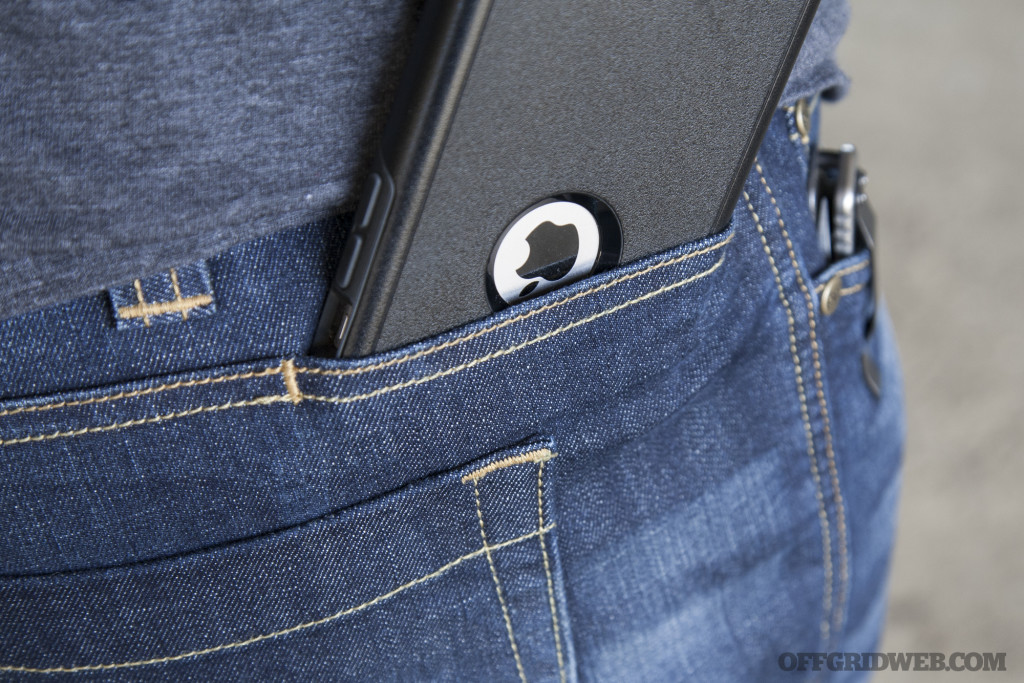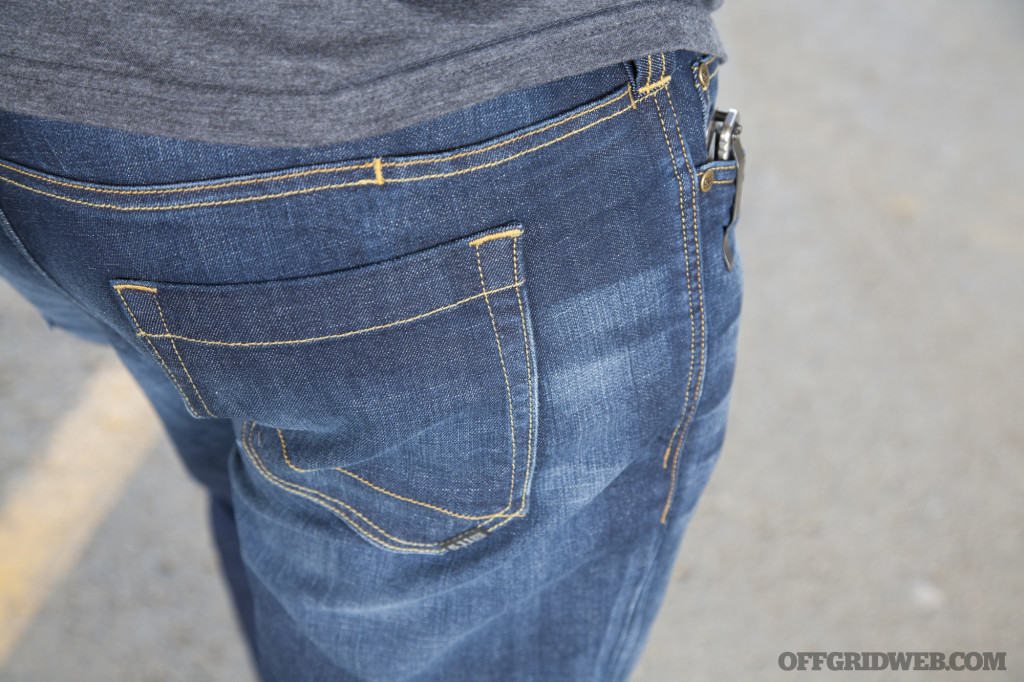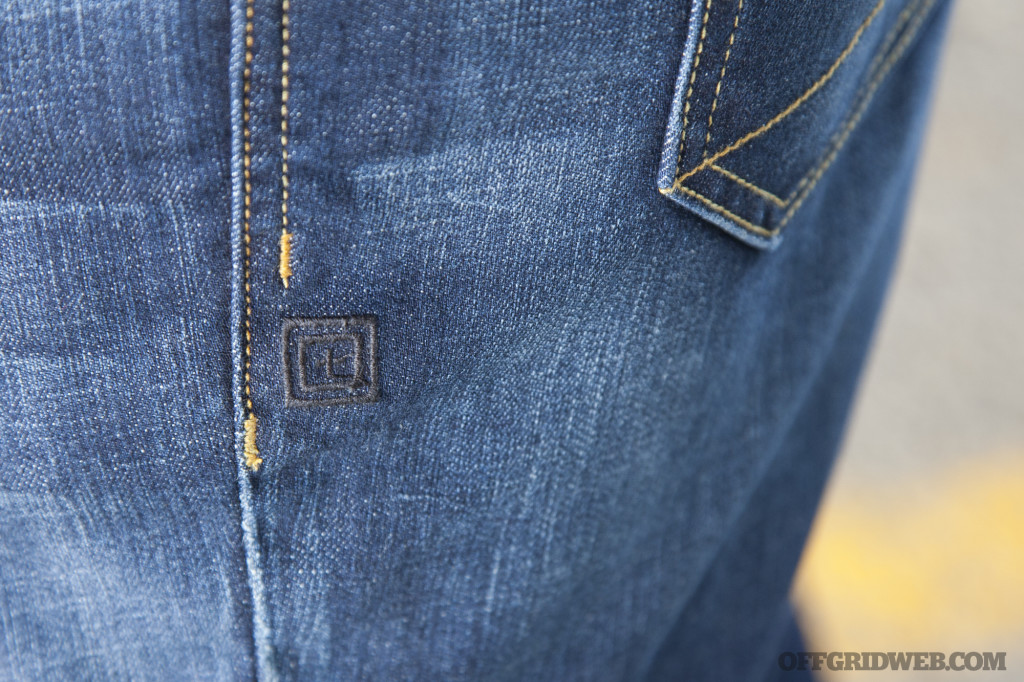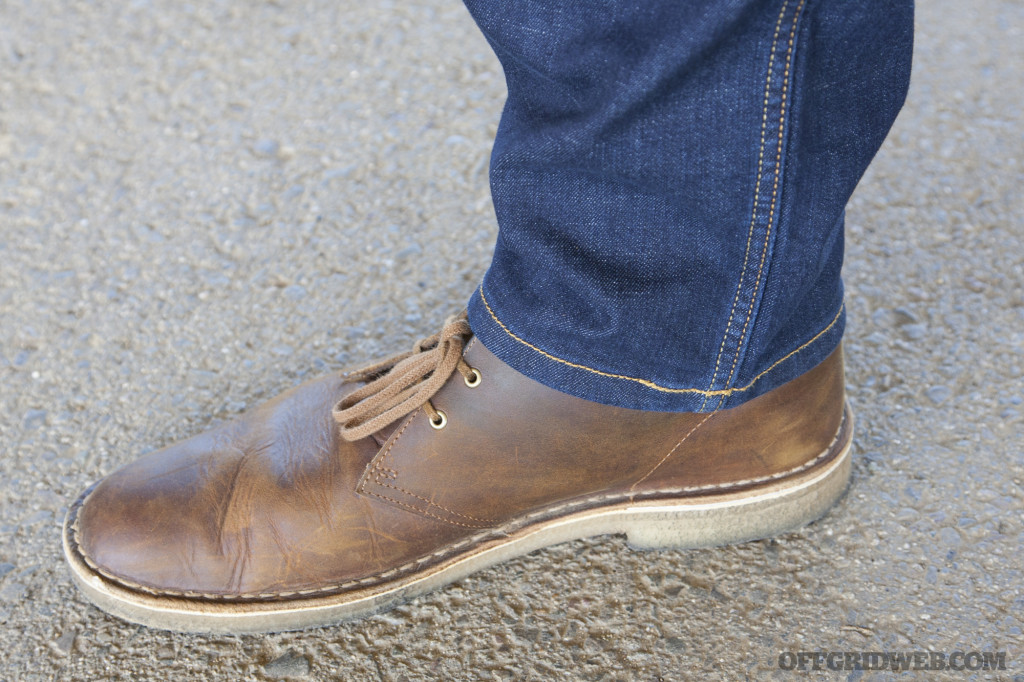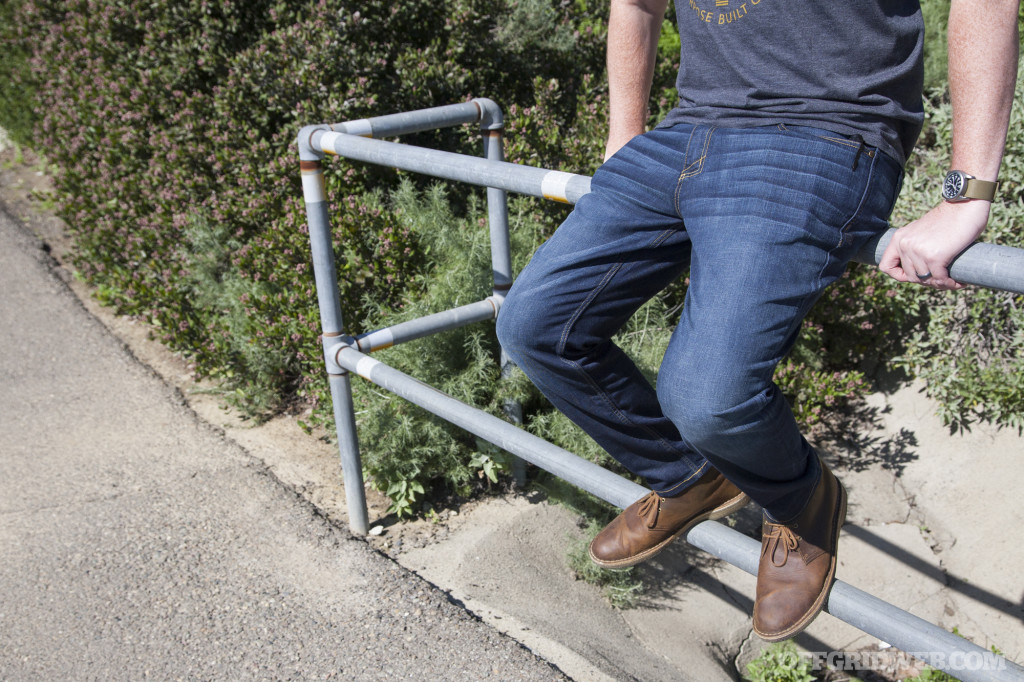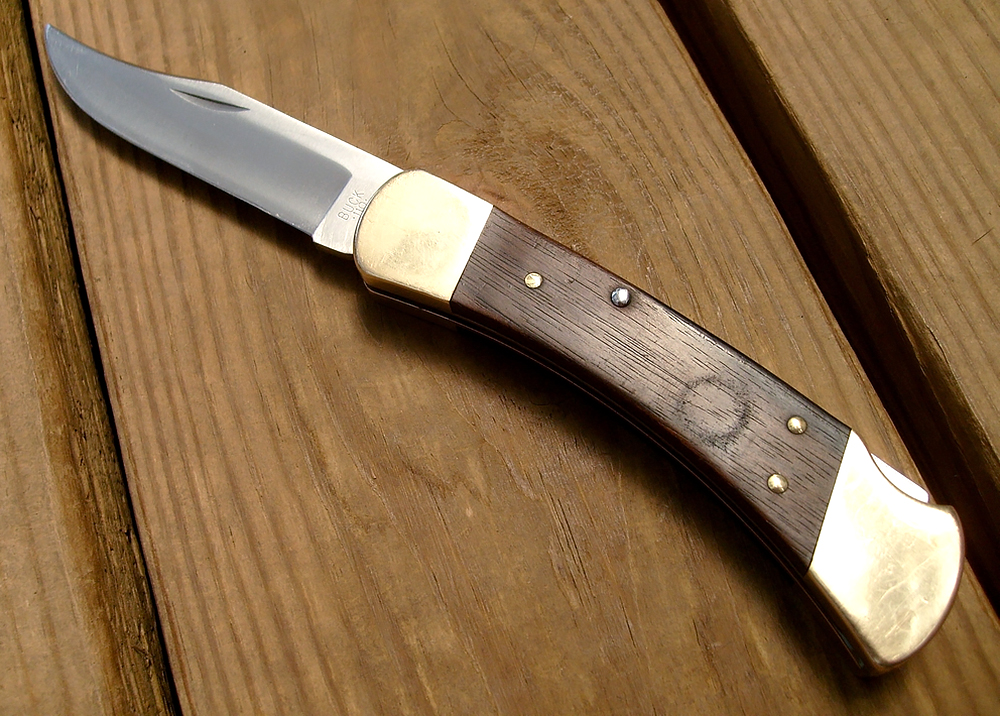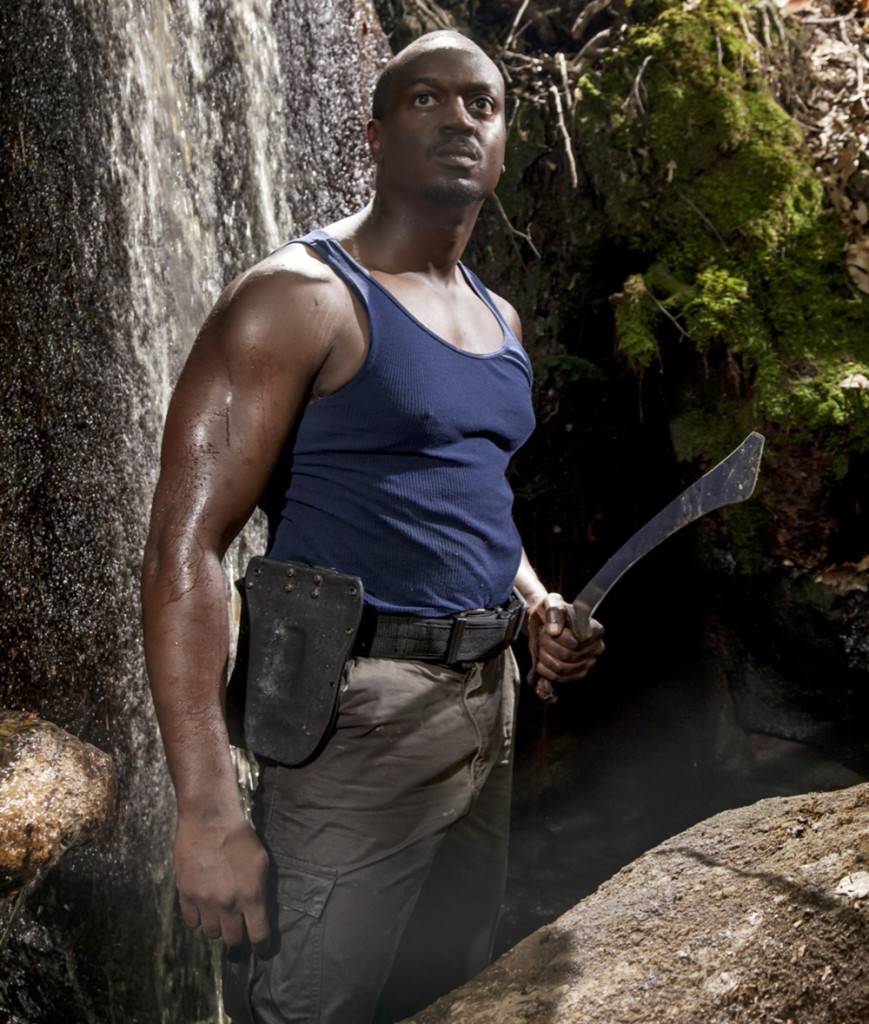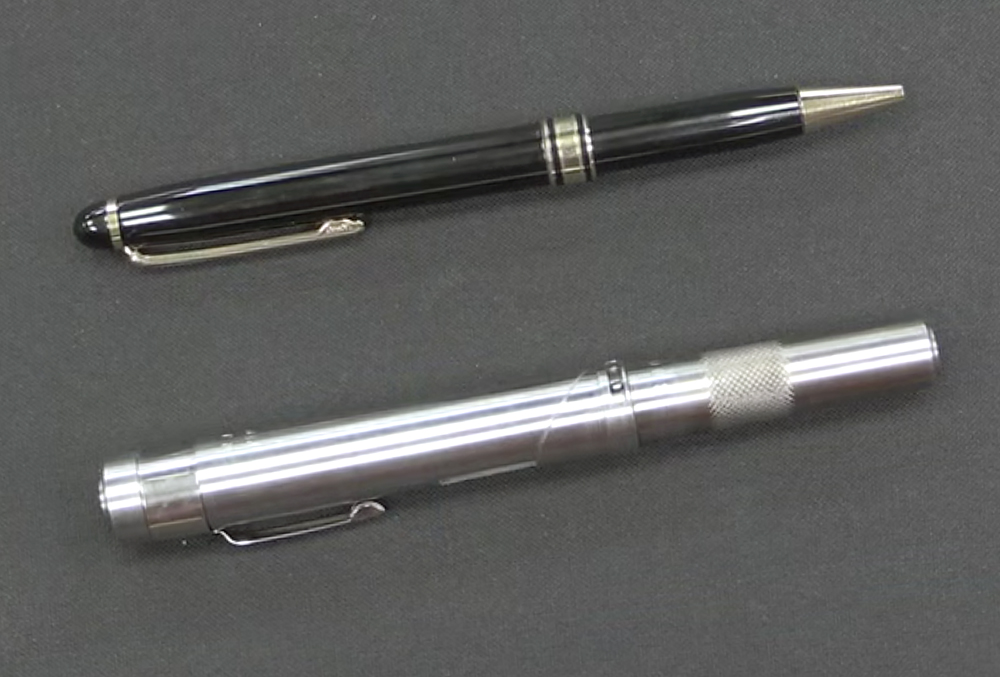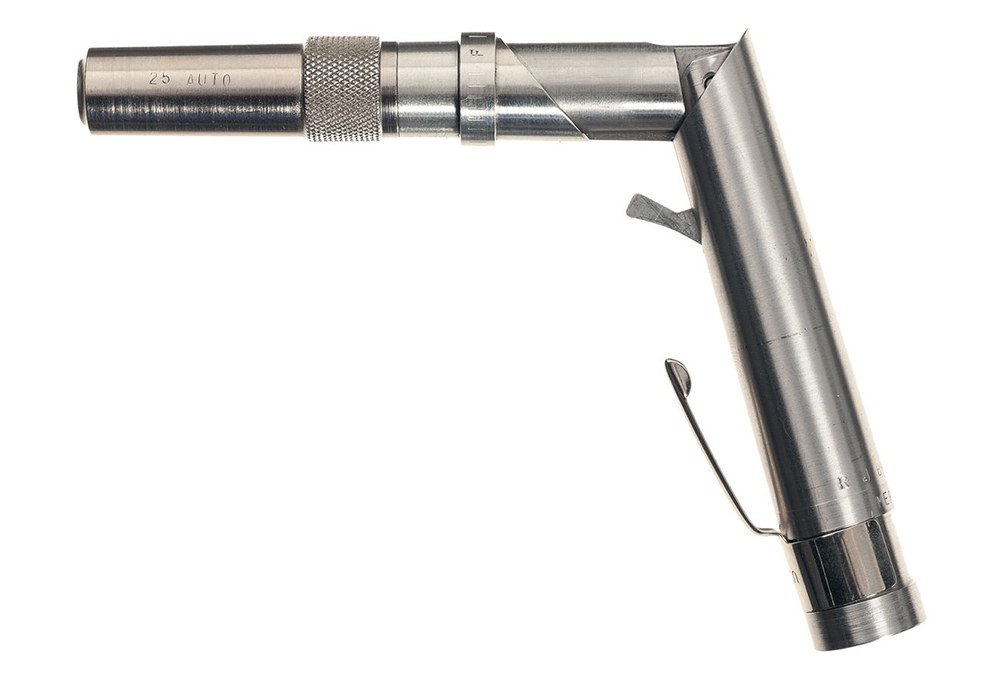In This Article
Freeze-dried food isn’t just for astronauts these days. There are a variety of commercially-available dehydrated survival food choices, ranging from grab-and-go snack pouches to huge buckets for long-term disaster prep. Flavors are equally varied, with a smorgasbord for every palate. We selected six of the leading dehydrated food producers on the market, and requested two entrée flavors from each. The full reviews of these 12 entrées can be found in the upcoming Issue 19 of our print magazine. This issue goes on sale 3/31/17, and will be available on newsstands, as part of a home-delivery subscription, or in a variety of digital formats — click here for more info on RECOIL OFFGRID magazine.
Sweet Treats
During our interactions with these six dehydrated food companies, we started thinking: a hot meal is good on its own, but following the meal with a tasty dessert can make the experience even better. That may just be the voice of my repressed inner fat kid talking, but he has a point. So, we also requested one sweet treat from each of the six companies.
Each of these six items can be eaten after meals as a dessert, in between meals as a quick energy boost, or in some cases as a standalone meal. The common thread between these dishes is an emphasis on sweet flavor, as opposed to the savory entrées in our magazine’s guide. You won’t find these reviews anywhere else — they’re exclusive to OFFGRIDweb.com.
While three members of our staff tested the entrées, I tried out these sweet snack items on my own. Read on for my impressions of each, and to see which flavors appeased my sweet tooth.
Note: Don’t let the seemingly high cost per ounce immediately deter you from some of these items. Dairy products, fruits, and vegetables have high water content, and freeze-drying removes virtually all of this water, resulting in a very lightweight yet surprisingly filling product. In these cases, calorie content is more relevant to value than weight.
AlpineAire Toffee Break
Package Size / Servings Per Package: 6 ounces / 3
Calories Per Serving: 340
Approximate Shelf Life: 2 years
Prep Method / Prep Time: Ready to eat / None
MSRP / Cost Per Ounce: $5.95 / $0.99
URL: AlpineAire.com
Notes: Toffee Break is a trail-mix-style snack, with peanuts, pecans, cashews, almonds, butter toffee, dark chocolate, caramel, and peanut butter. The sample pictured here is from an early production run, so it’s a plain foil bag with a basic label rather than the colorful packaging that will be offered in retail stores. However, the listed ingredients are identical to the retail version, and the contents should taste exactly the same.
Review: Peanut butter and chocolate are a match made in heaven. If you disagree, I don’t think we can be friends. Seriously though, this Toffee Break mix is one of my new favorite things. Four types of nuts are blended with butter toffee, caramel, peanut butter, and dark chocolate. It’s crunchy, rich, and provides a nice balance of salty and sweet. The only downside is just how rich it is — one 6-ounce package contains a whopping 1,020 calories, 84 percent of your daily fat, 90 percent of your daily saturated fat, and 63 grams of sugar. Sixty. Three. Grams. That’s nearly as much sugar as two full 12-ounce cans of Coke. Considering how delicious this stuff is, it would be relatively easy to down this entire pouch in a sitting if you’re hungry. So, as long as you can show restraint and consume small quantities (or run a half marathon afterwards), Toffee Break is an excellent choice for calorie-dense energy-rich snacking. I’m craving more of it already.
Backpacker’s Pantry Mango Sticky Rice
Package Size / Servings Per Package: 6 ounces / 2
Calories Per Serving: 340
Approximate Shelf Life: 7 years
Prep Method / Prep Time: Add boiling water to package / 15-20 minutes
MSRP / Cost Per Ounce: $6.50 / $1.08
URL: BackpackersPantry.com
Notes: A sweet Thai-inspired recipe with white rice, mango, coconut milk, and black sesame seeds. Backpacker’s Pantry says it “makes a fantastic breakfast or dessert”, and also notes that it’s vegan (if that’s something you care about).
Review: Compared to the cavity- and grin-inducing sweetness of the Toffee Break mix I just sampled, this rice dish is much more nuanced. It’s certainly sweet, but not in an overpowering way — considering the reasonable 20 grams of sugar in the entire package, I expected as much. The vibrant yellow rice and black sesame seeds look appetizing, and create a mild flavor with a slight tang of mango. Speaking of the mango, small chunks are present among the grains of rice, but they’re a bit soft in a melt-in-your-mouth sort of way. Not bad, but a little more freshness and acidity would’ve really made this a home run. As it stands, this could work as a standalone meal or a sweet snack after your entree. I’d say it’d actually be a great complement for the Kung Pao Chicken found in our magazine article.
Emergency Essentials Mint Chocolate Chip Ice Cream
Package Size / Servings Per Package: 14 ounces / 16
Calories Per Serving: 160
Approximate Shelf Life: 25 years
Prep Method / Prep Time: Ready to eat / None
MSRP / Cost Per Ounce: $33.99 / $2.43
URL: BePrepared.com
Notes: This large can contains 16 individually-wrapped freeze-dried ice cream slices. Simple mint ice cream, speckled with chocolate chips. It looks like Emergency Essentials may be phasing out this flavor (at least temporarily), since it went on sale for 50 percent off MSRP shortly after we received our samples, and is now listed as “sold out”.
Review: Most people know this as astronaut ice cream — it’s light and airy like a hard marshmallow, and melts in your mouth to produce a surprisingly accurate ice cream flavor. It’s sweet and somewhat creamy, although it lacks the refreshing cold element that’s a big part of the ice cream experience. As long as you’re not expecting brain freeze, it’s pretty great. I did note that this tends to make quite a mess as you eat, since most of the individual bricks of ice cream were already partially cracked or broken up in transit, and all packages contained chalky dust and fragments that seem to get everywhere. Biting into the ice cream also causes it to crumble. But if you’re eating outdoors and aren’t worried about attracting critters, that’s no big deal.
Good To-Go Blueberry Almond Granola
Package Size / Servings Per Package: 4.8 ounces / 1
Calories Per Serving: 580
Approximate Shelf Life: 1 year
Prep Method / Prep Time: Add cold or hot water to package, stir and eat / None
MSRP / Cost Per Ounce: $6.50 / $1.35
URL: GoodTo-Go.com
Notes: In keeping with Good To-Go’s gluten-free and healthy take on backpacking food, this granola uses gluten-free whole grain oats. There’s also dried figs, dried blueberries, almonds, pumpkin seeds, flax seeds, sesame seeds, pecans, maple syrup, honey, and whole milk powder.
Review: Here’s another one for those who aren’t looking to call the dentist immediately after eating. Although the ingredients say it’s acceptable to prepare it with cold water, I opted for hot water, and soon dug in to the warm, hearty granola. This is real stick-to-your-ribs food with 580 calories, a heavy dose of carbs, and 17 grams of protein. The oats, almonds, and various seeds give this granola body, and are balanced out by hints of cream and dried fruit. Additional sweetness comes from natural honey and maple syrup, but it’s relatively subtle. This would make a fantastic quick breakfast, especially considering it doesn’t require additional prep time. Boil water for your tea or coffee, add a splash to the pouch, and you’re all set for the morning. I wouldn’t consider this sweet enough to be eaten for dessert, but it’ll give you a welcome burst of energy in the early AM.
Mountain House Raspberry Crumble
Package Size / Servings Per Package: 5.15 ounces / 4
Calories Per Serving: 140
Approximate Shelf Life: 30 years
Prep Method / Prep Time: Add boiling water to package / 5 minutes
MSRP / Cost Per Ounce: $8.99 / $1.75
URL: MountainHouse.com
Notes: Raspberry sauce with chocolate cookie crumbs. Contains freeze-dried raspberries, nonfat milk powder, and crushed chocolate cookie powder. This dish is prepared with boiling water, but can be served hot or cold.
Review: After combining hot water and the raspberry mix and waiting the allotted time, I was greeted with a syrupy sauce that resembles the filling of a pie or tart. On its own, it has a tangy acidity and strong sweetness, almost like a thin raspberry jam. The included cookie crumble pouch contains dark brown powder that’s obviously inspired by crushed Oreos, minus the cream filling. Sprinkling the crumble onto the raspberry mix creates a flavor similar to eating raspberry pie with Oreo cookie crust, although the filling texture is on the watery side. The crumble adds a nice element of crunch, but the overall dish is a little sweeter than I’d like. This says it serves four, but is probably closer to two servings in the real world.
Wise Company Sliced Peaches
Package Size / Servings Per Package: 1.6 ounces / 4
Calories Per Serving: 35
Approximate Shelf Life: 3 years
Prep Method / Prep Time: Ready to eat / None
MSRP / Cost Per Ounce: $29.99 (6-pack) / $3.12
URL: WiseFoodStorage.com
Notes: The ingredients in each pouch are as simple as it gets: peaches and a little added sugar. These pouches are sold exclusively in 6-packs, with each pouch containing 210 calories of fruit. The pouches pictured here use the standard Wise Company branding, but the packaging has recently changed to fall under Wise Company’s Simple Kitchen brand.
Review: Much like the ice cream I ate earlier, freeze-drying these peaches has reduced weight to virtually nothing. Unlike the ice cream, these are less crumbly and more crunchy, like a lighter version of the dehydrated banana chips you can find at most grocery stores. Flavor is sweet like candy, and immediately put a smile on my face. My mouth felt a bit dry after eating a few, and I also noticed that remnants were sticking between my teeth like glue, but I still thoroughly enjoyed these. Sometimes you don’t need a lot of complex ingredients for a tasty snack. If you had been subsisting on beans and rice during an emergency, these would provide an incredible burst of flavor and texture.
Bonus: Mountain House Cheesecake Bites
Package Size / Servings Per Package: 1.94 ounces / 1
Calories Per Serving: 240
Approximate Shelf Life: 2 years
Prep Method / Prep Time: Ready to eat / None
MSRP / Cost Per Ounce: $3.99 / $2.06
URL: MountainHouse.com
Notes: Shelf-stable freeze-dried cubes of New-York-style cheesecake coated in graham cracker crumbs and brown sugar. Hints of butter, lemon, and vanilla are also present. Sold in single-serving packages.
Review: We didn’t request these, but Mountain House kindly threw in a package with the rest of our order, so I’ll include my impressions here. These are an easy snack to eat — just tear open the pack, pour a few cubes onto your palm, and chow down. The texture of the cheesecake bites is firm yet crisp on the first bite, but it leaves a slight chalky sensation in the mouth. Flavor is very good, with a strong presence of cream cheese and brown sugar. The graham cracker dust is a tasty element, but it doesn’t provide much texture in powdered form. There was also an excess of graham cracker dust compared to the amount of cheesecake bites in the pouch. Portability is high considering the small package and light weight. I’d eat these again.
For our reviews of the twelve dehydrated entrées mentioned at the beginning of this article, pick up a copy of RECOIL OFFGRID Issue 19, on newsstands 3/31/17. Bon appétit!

